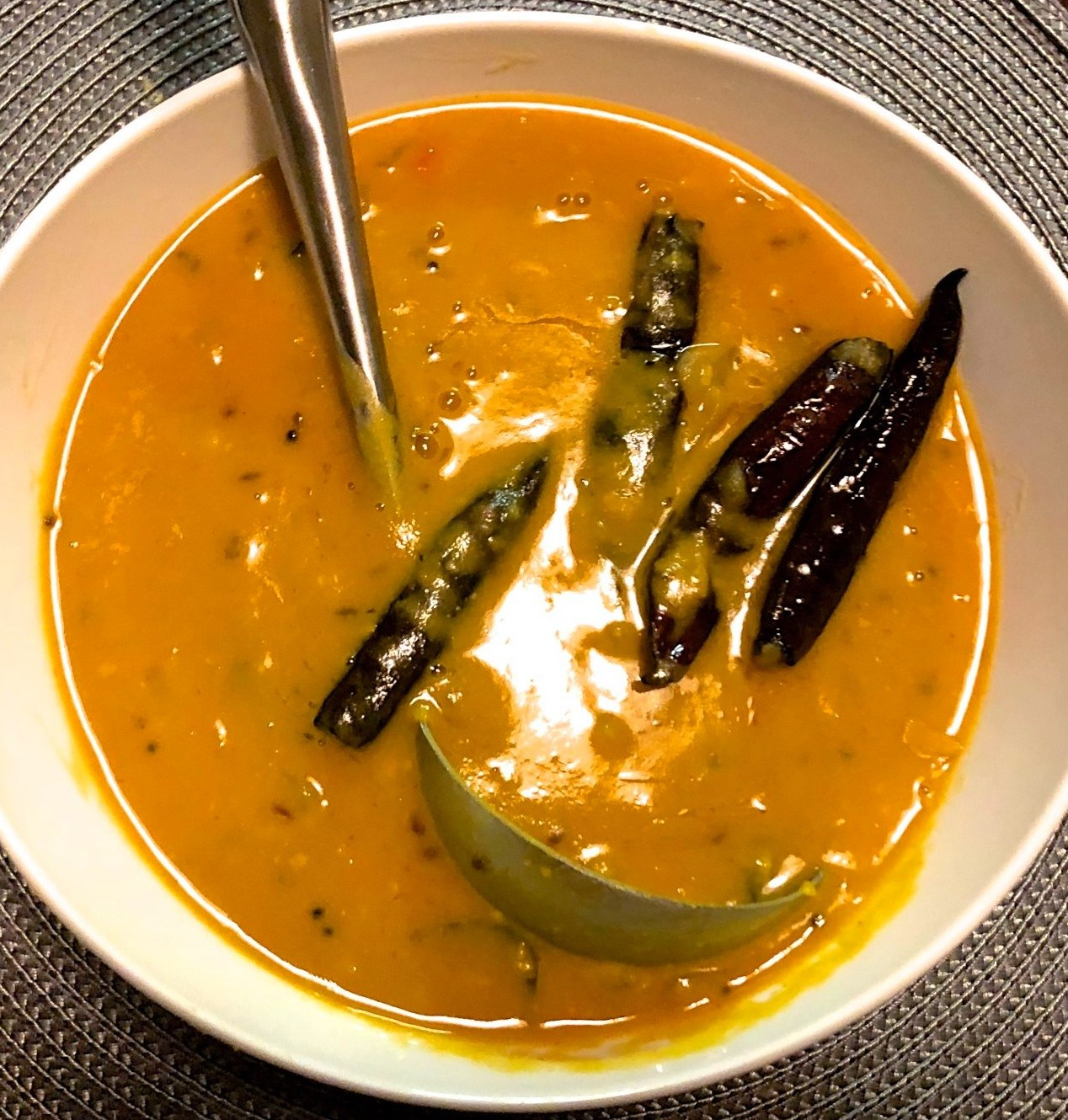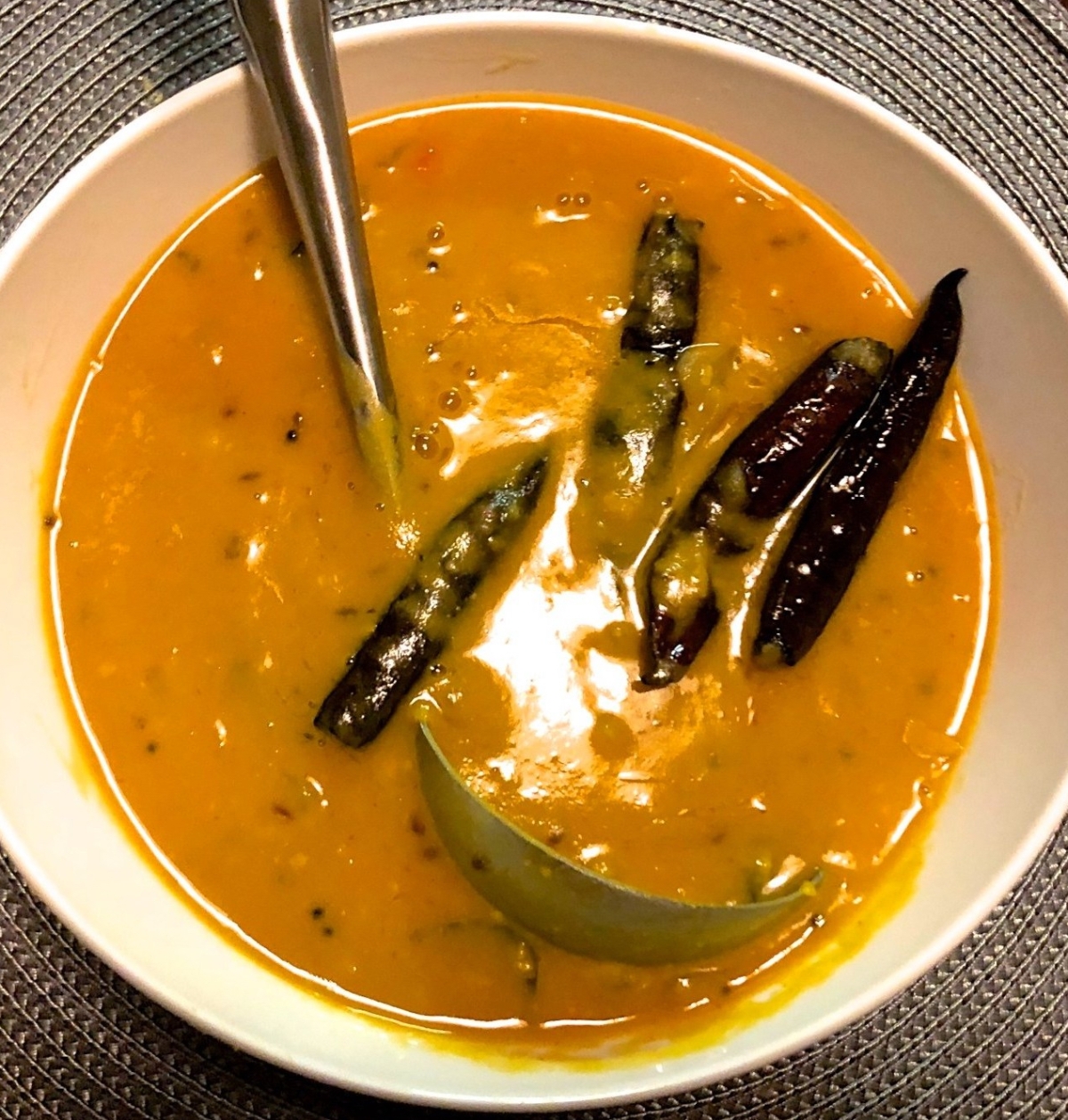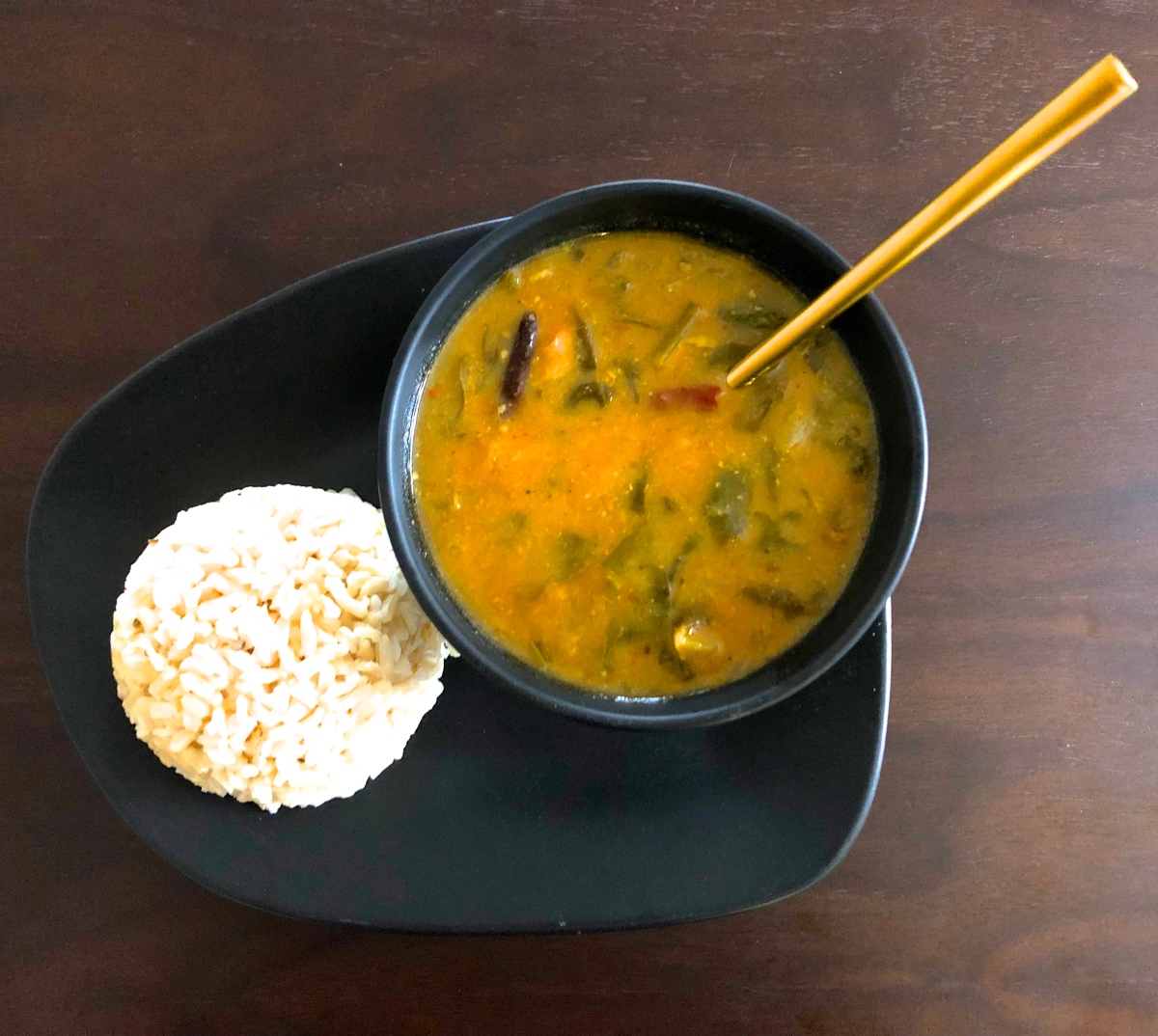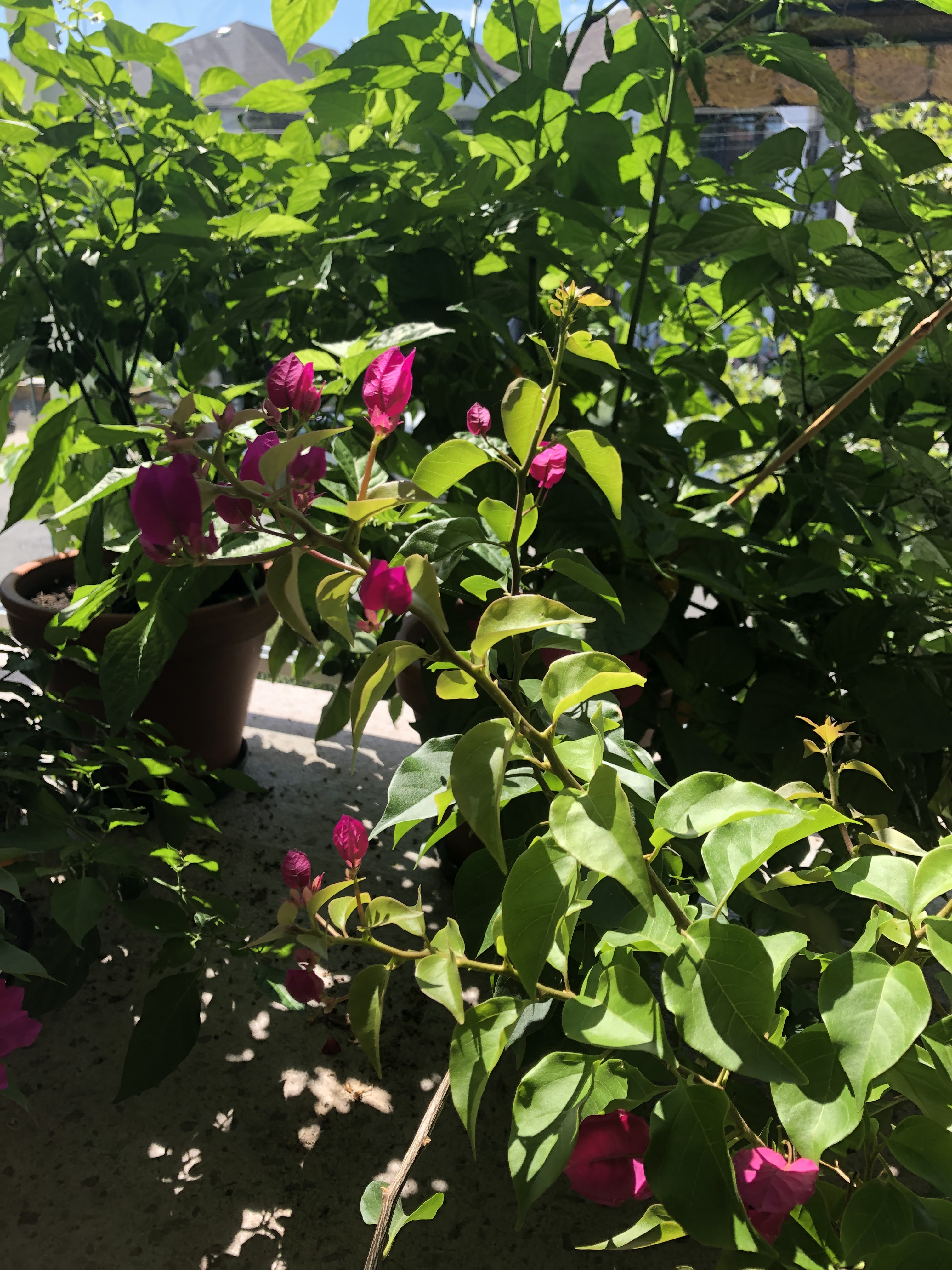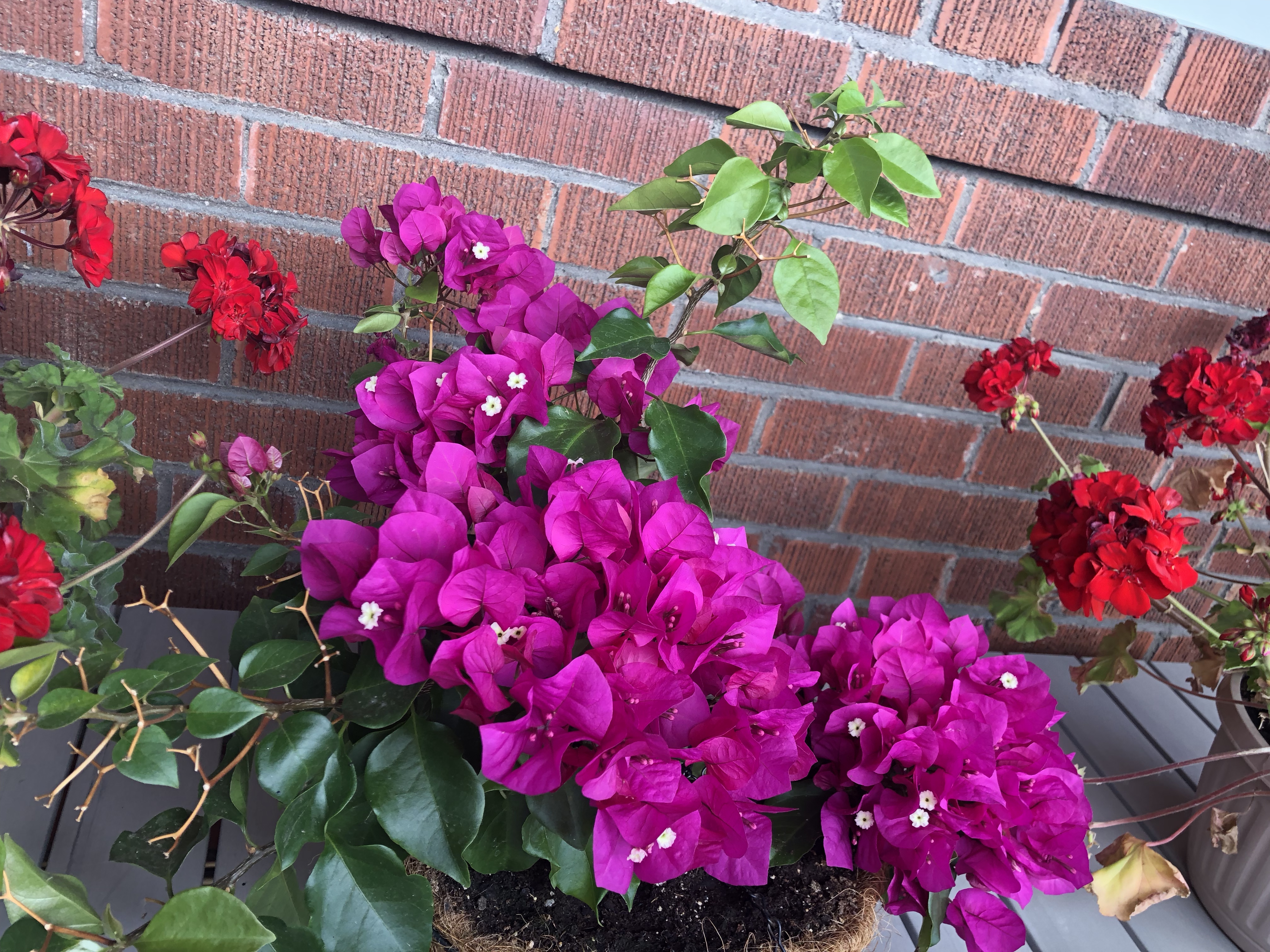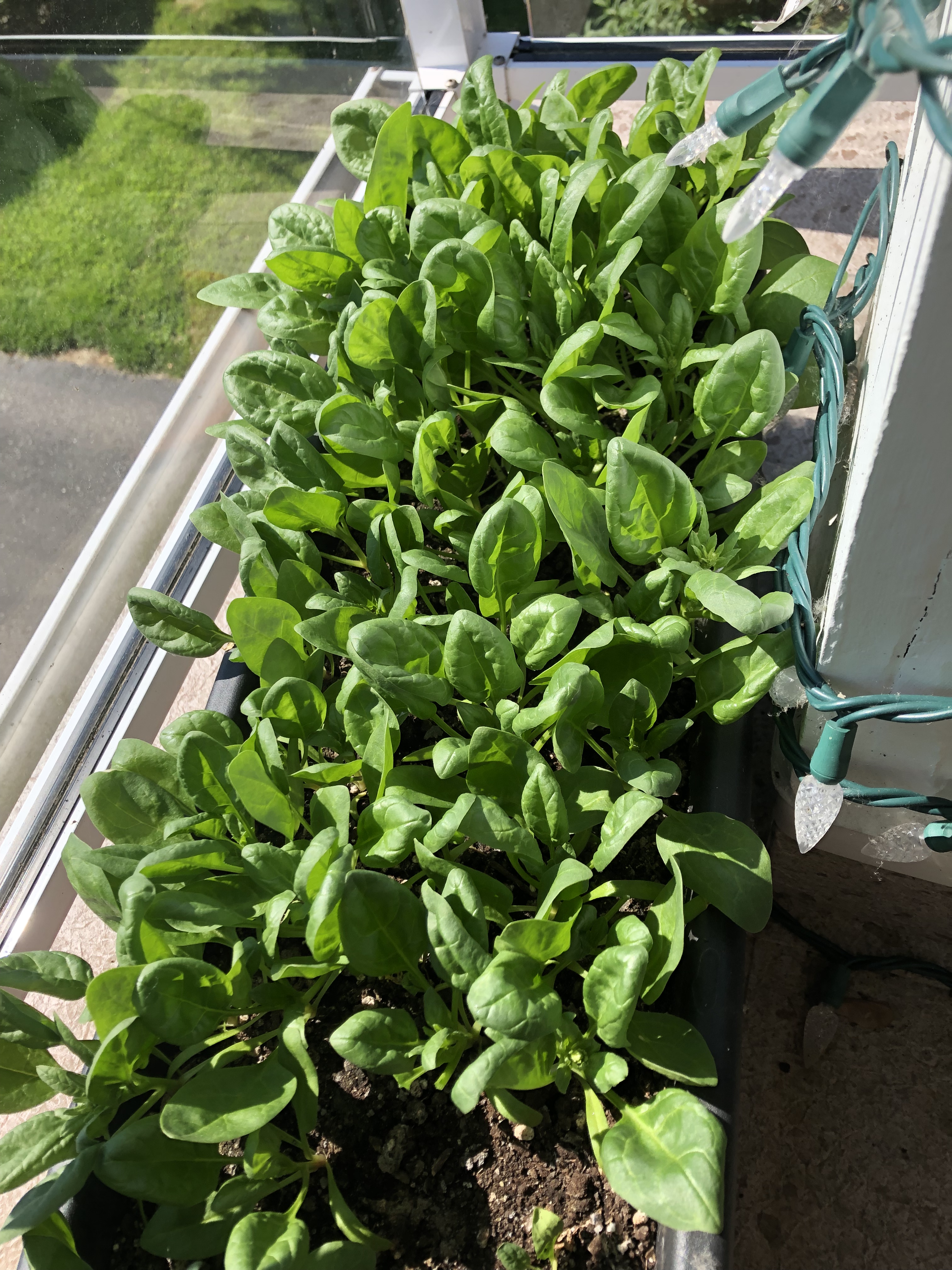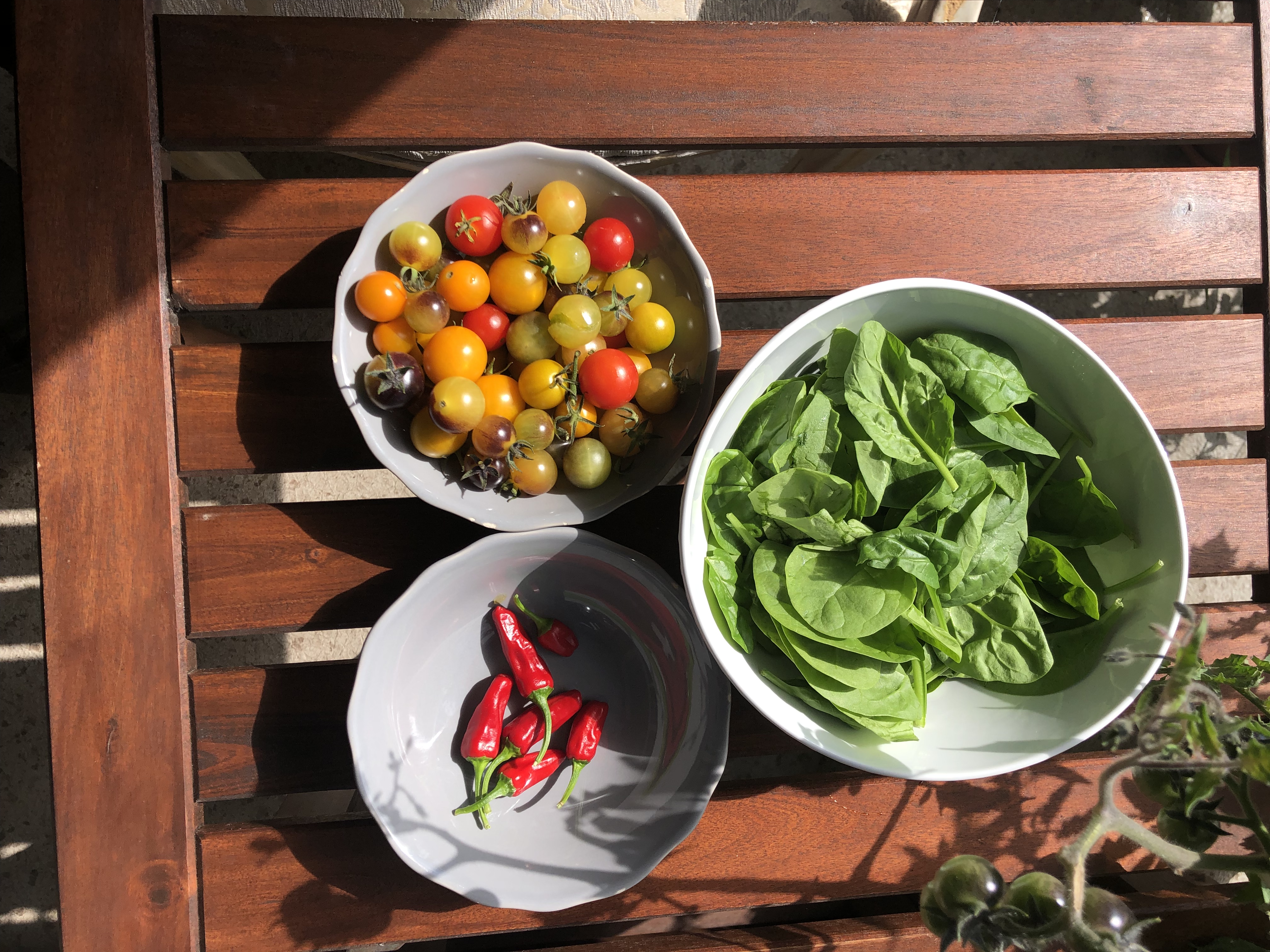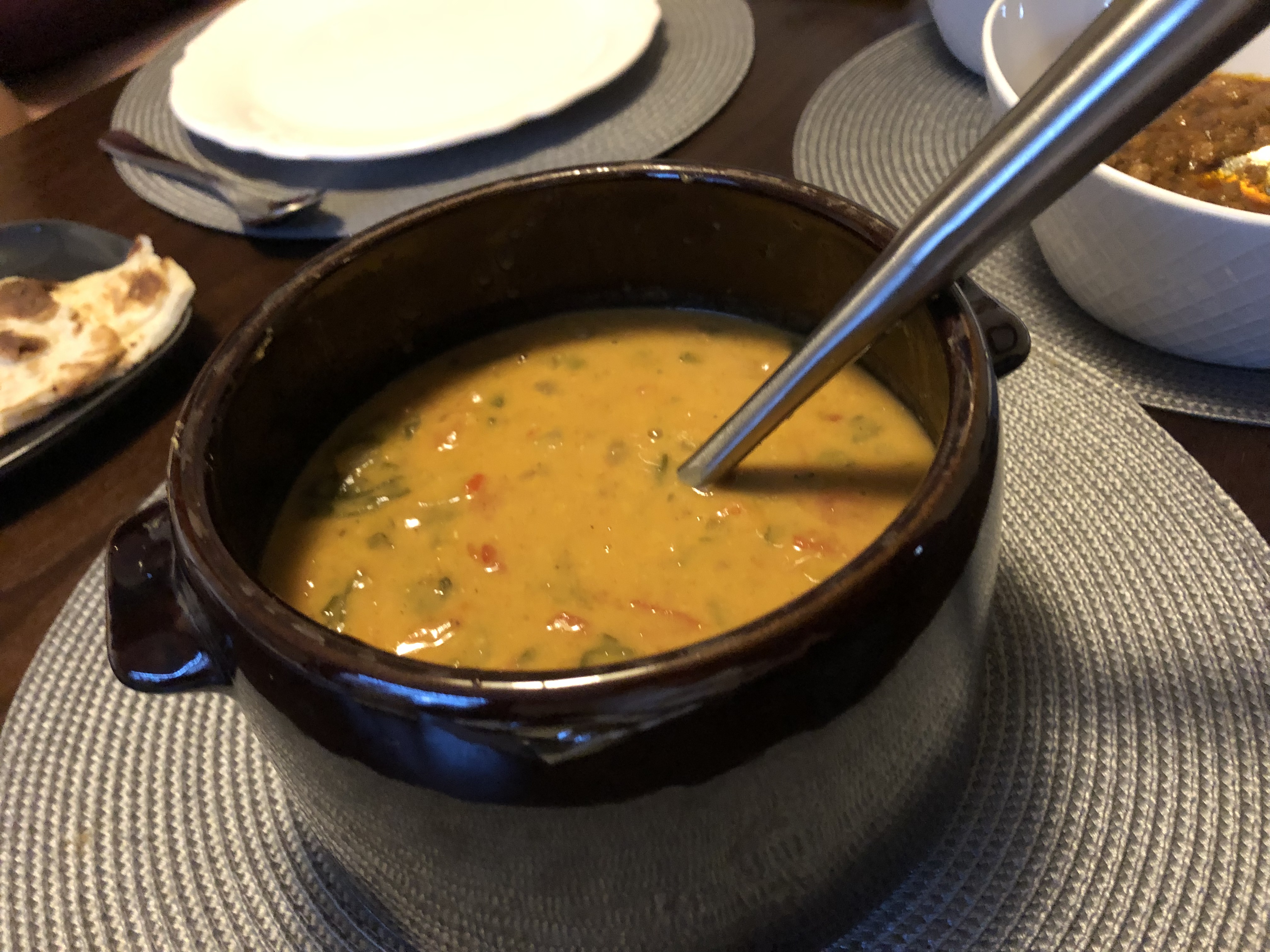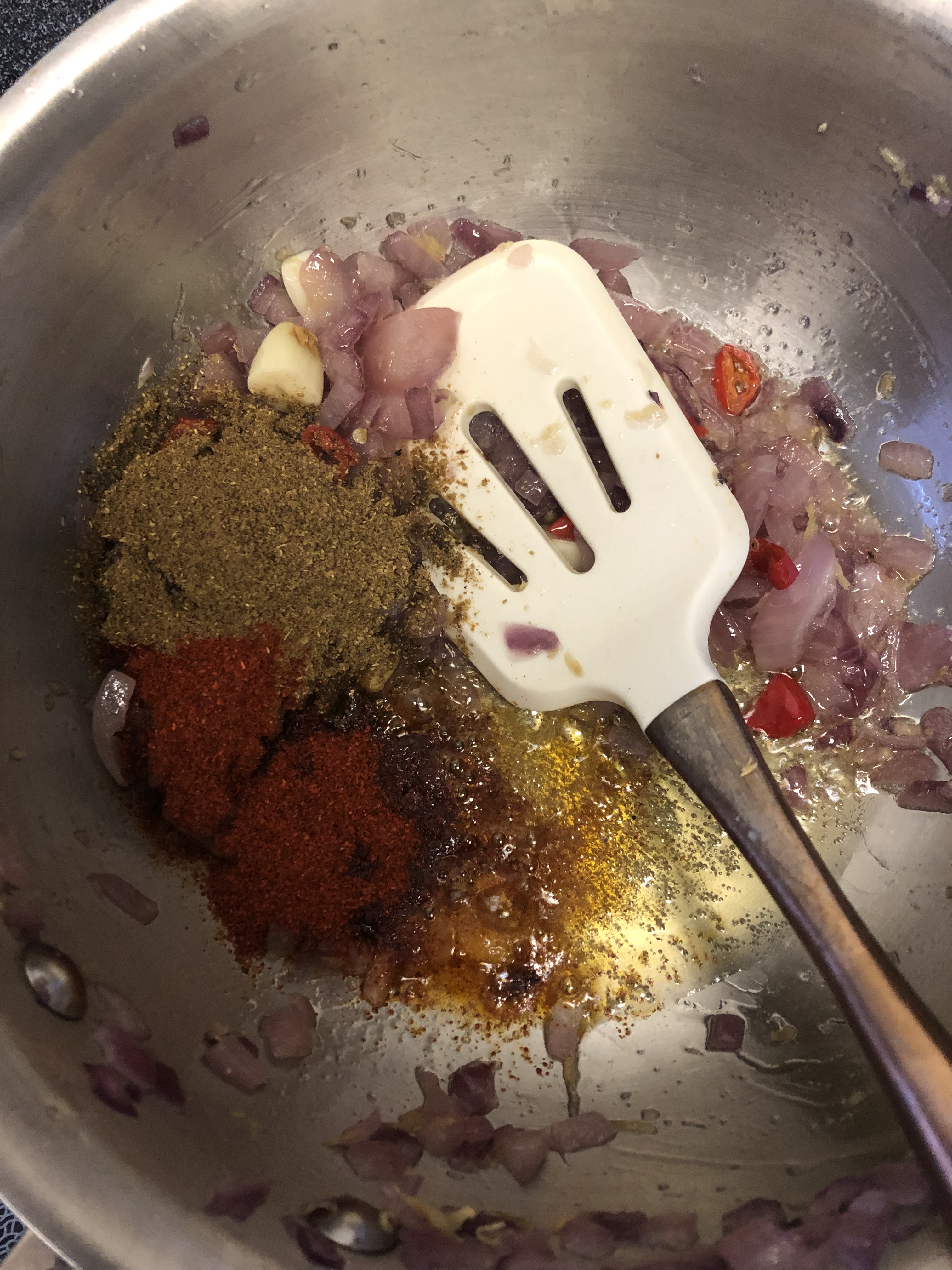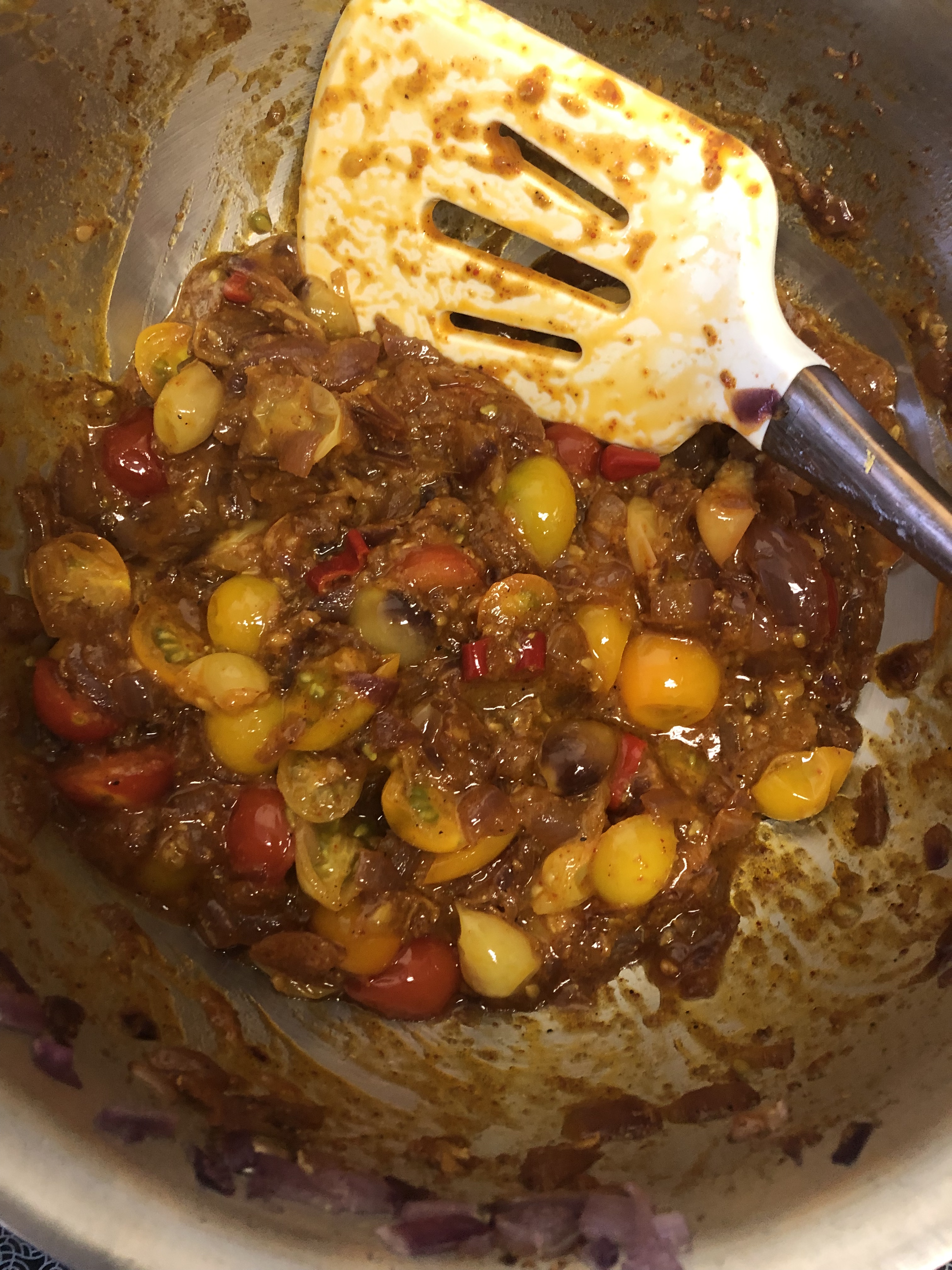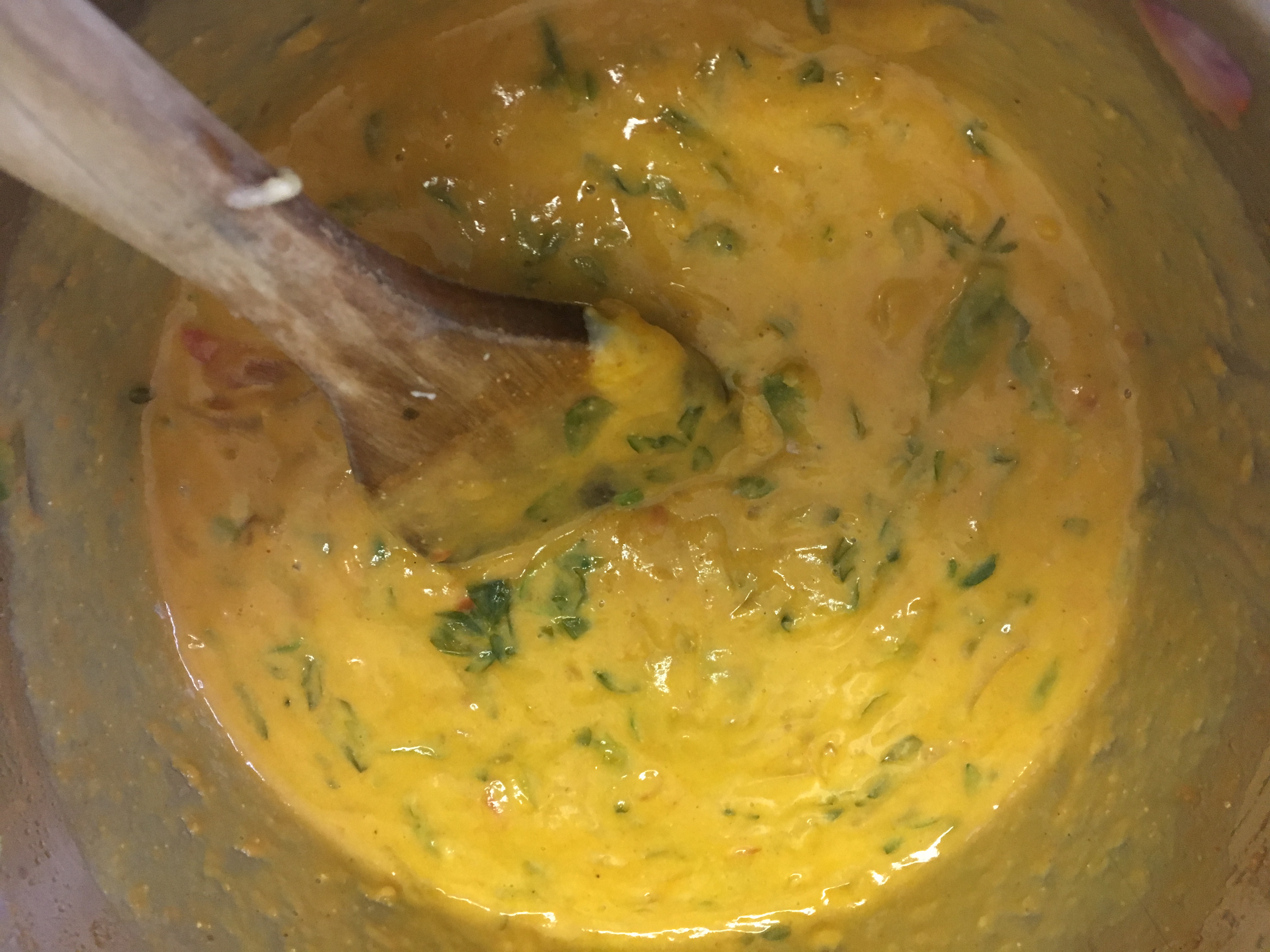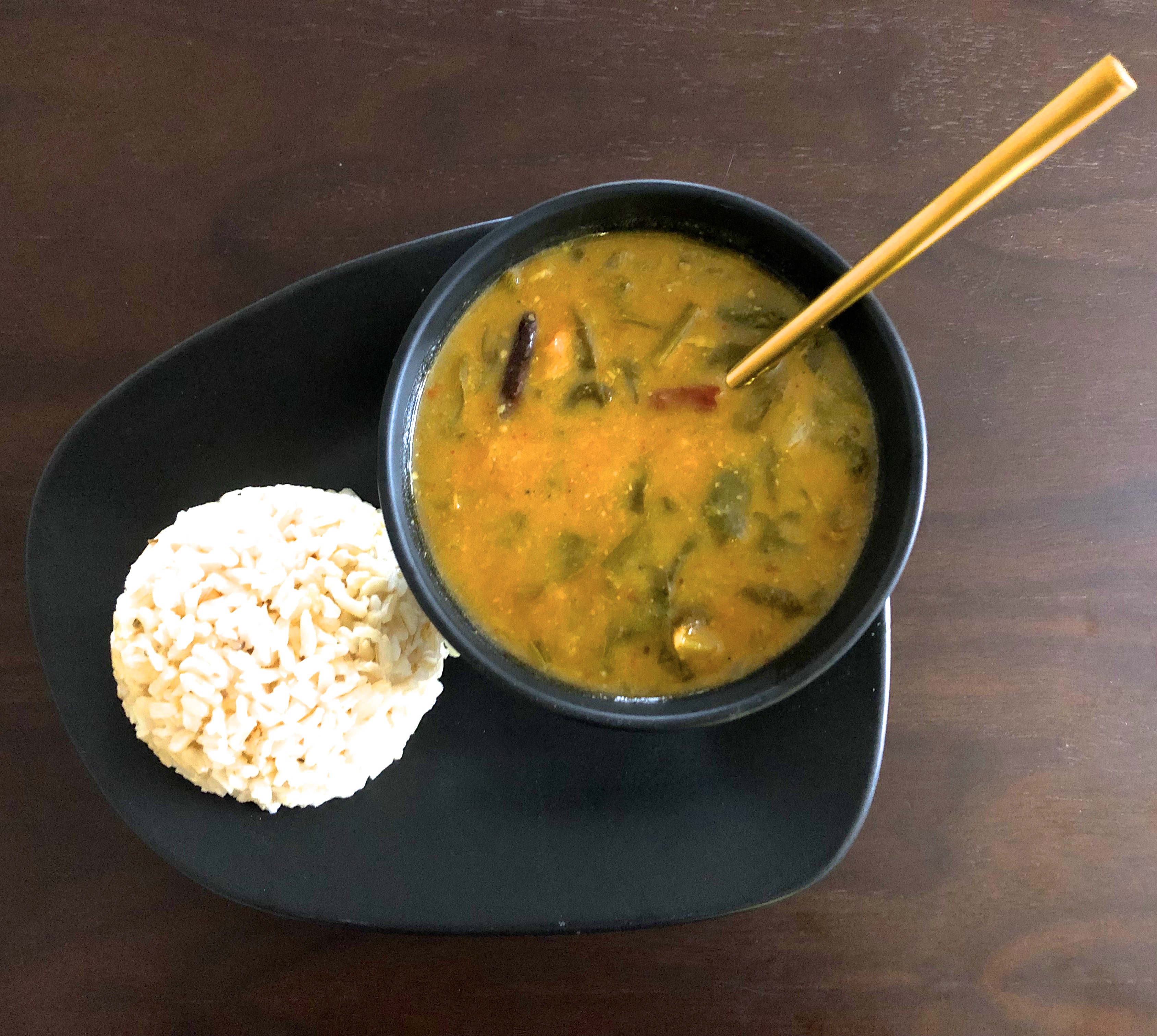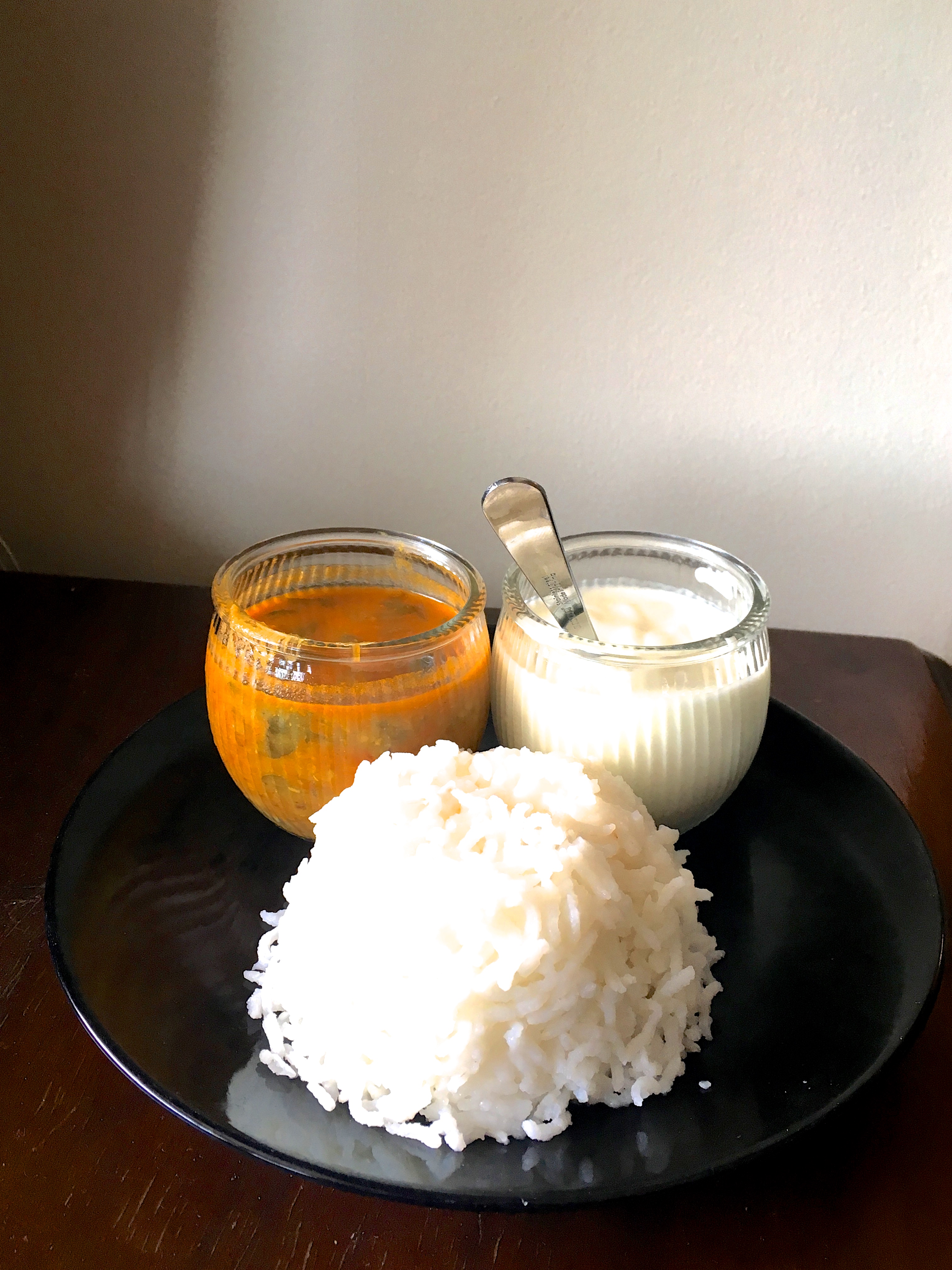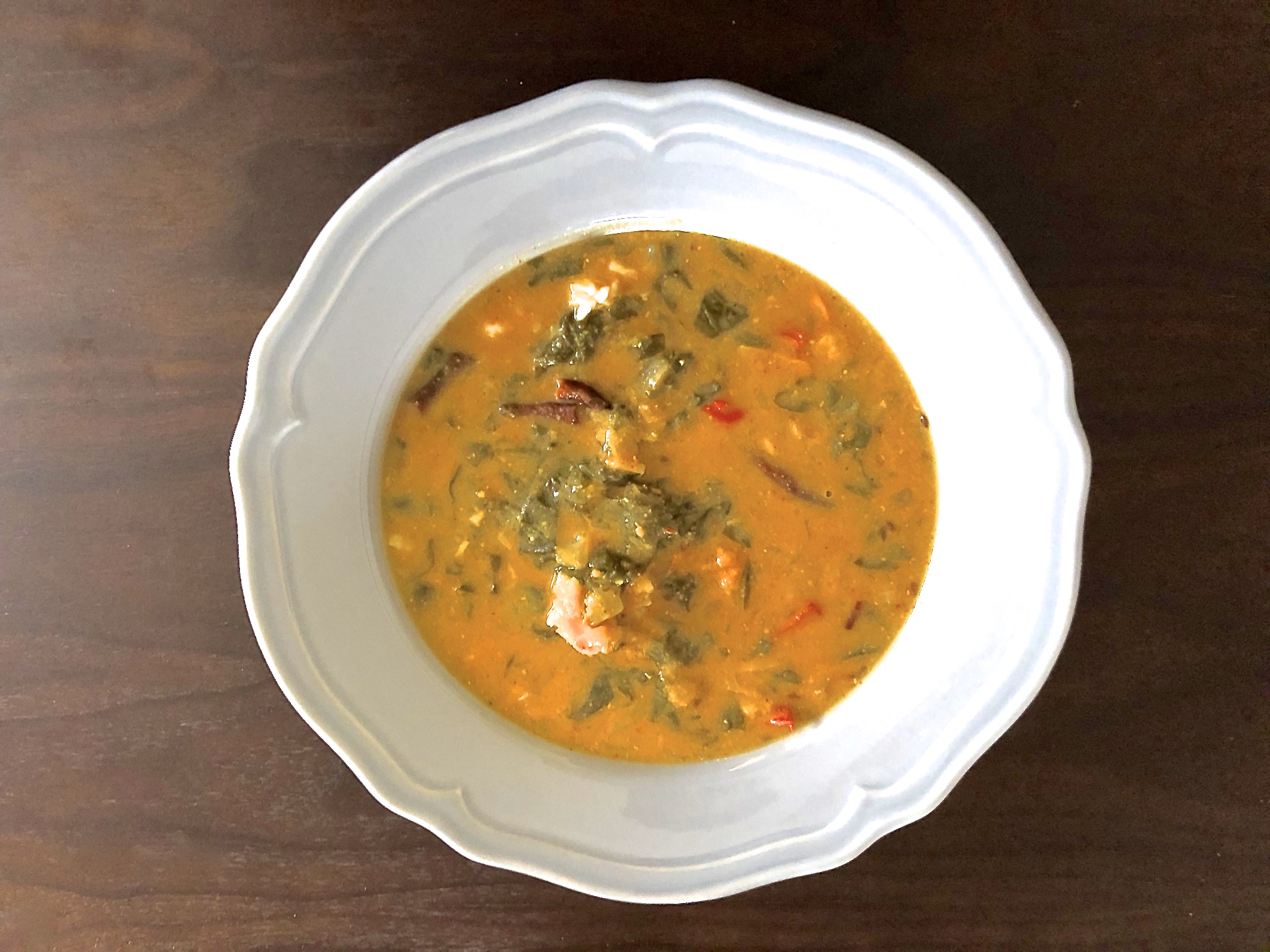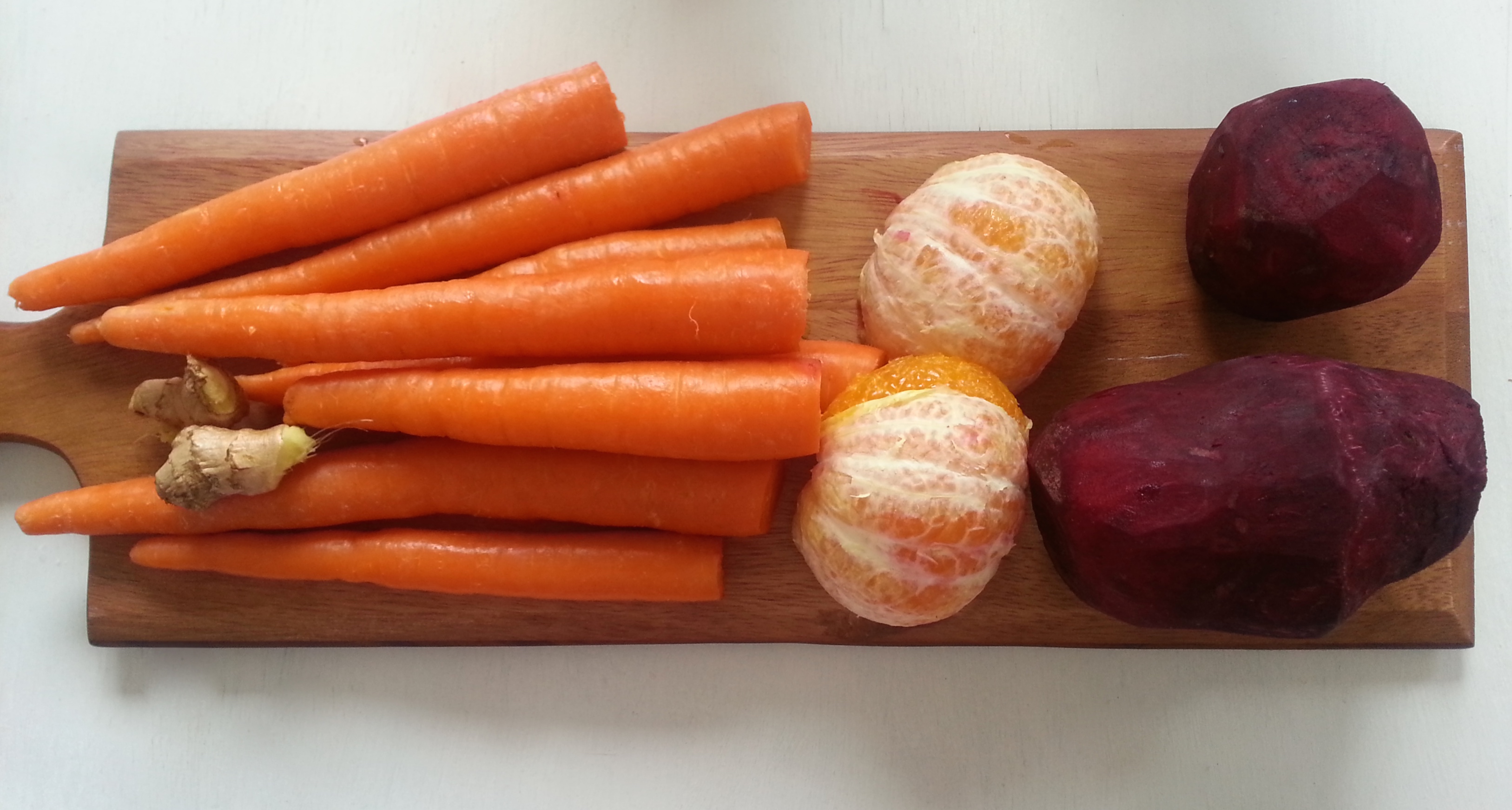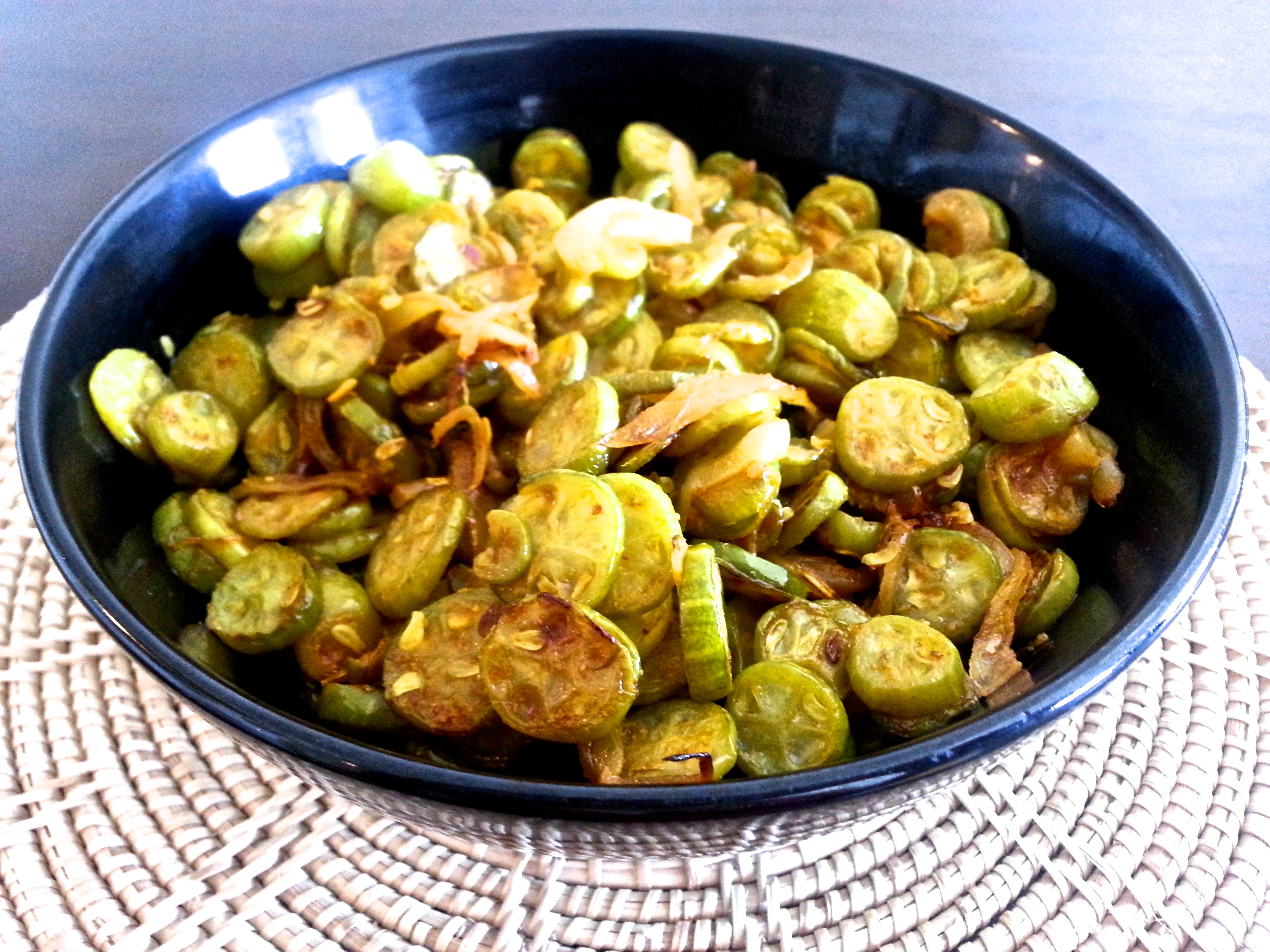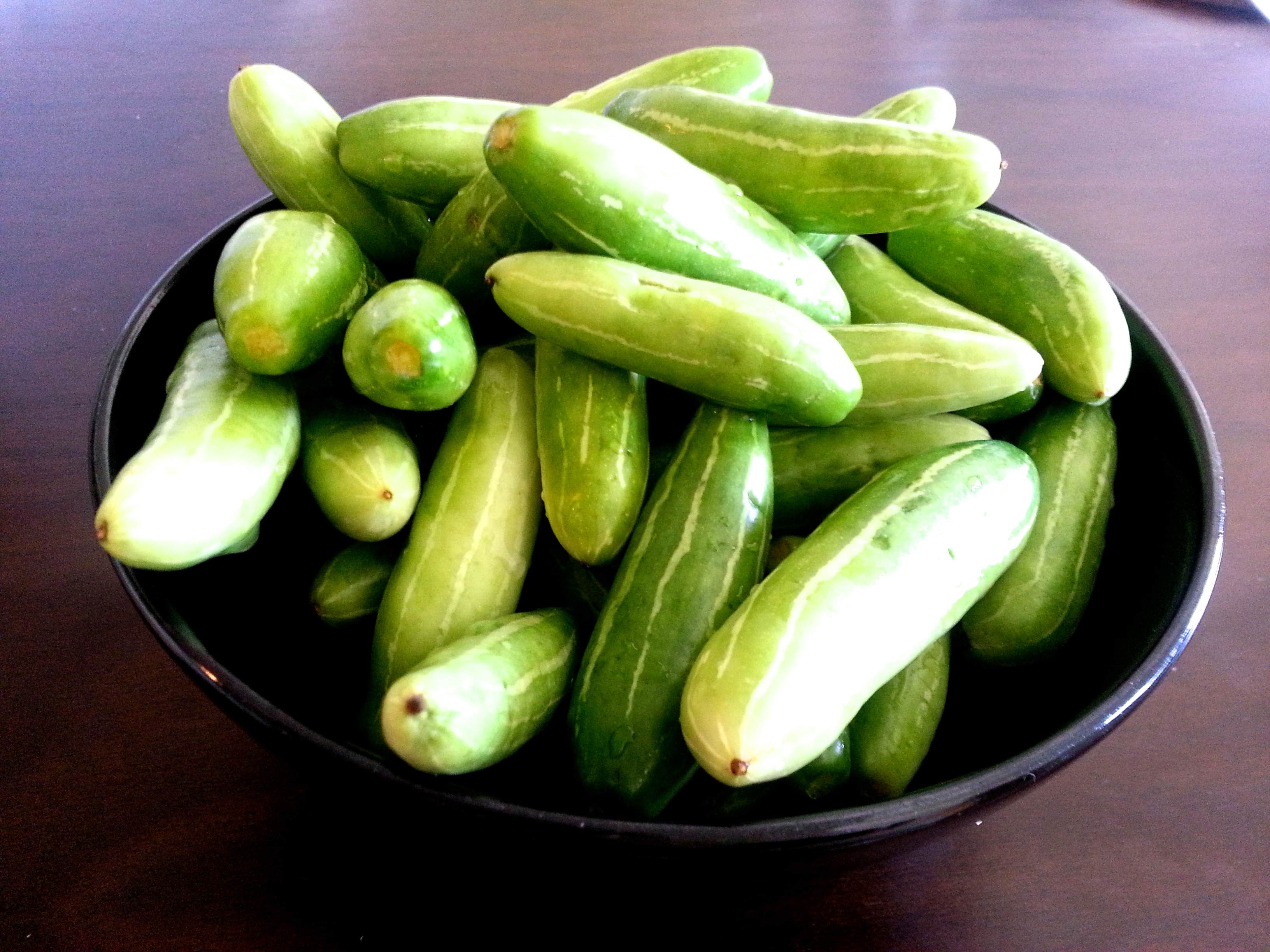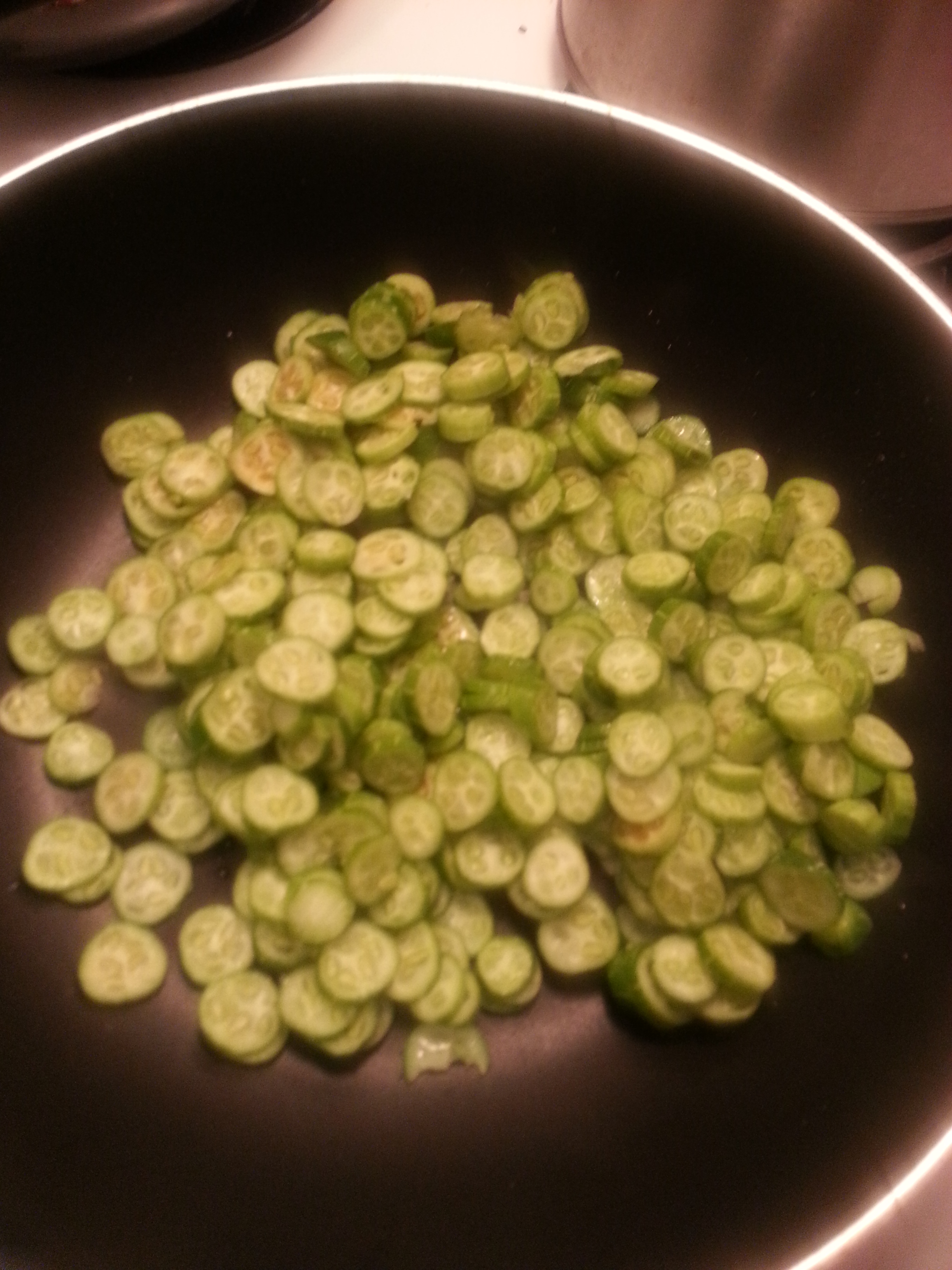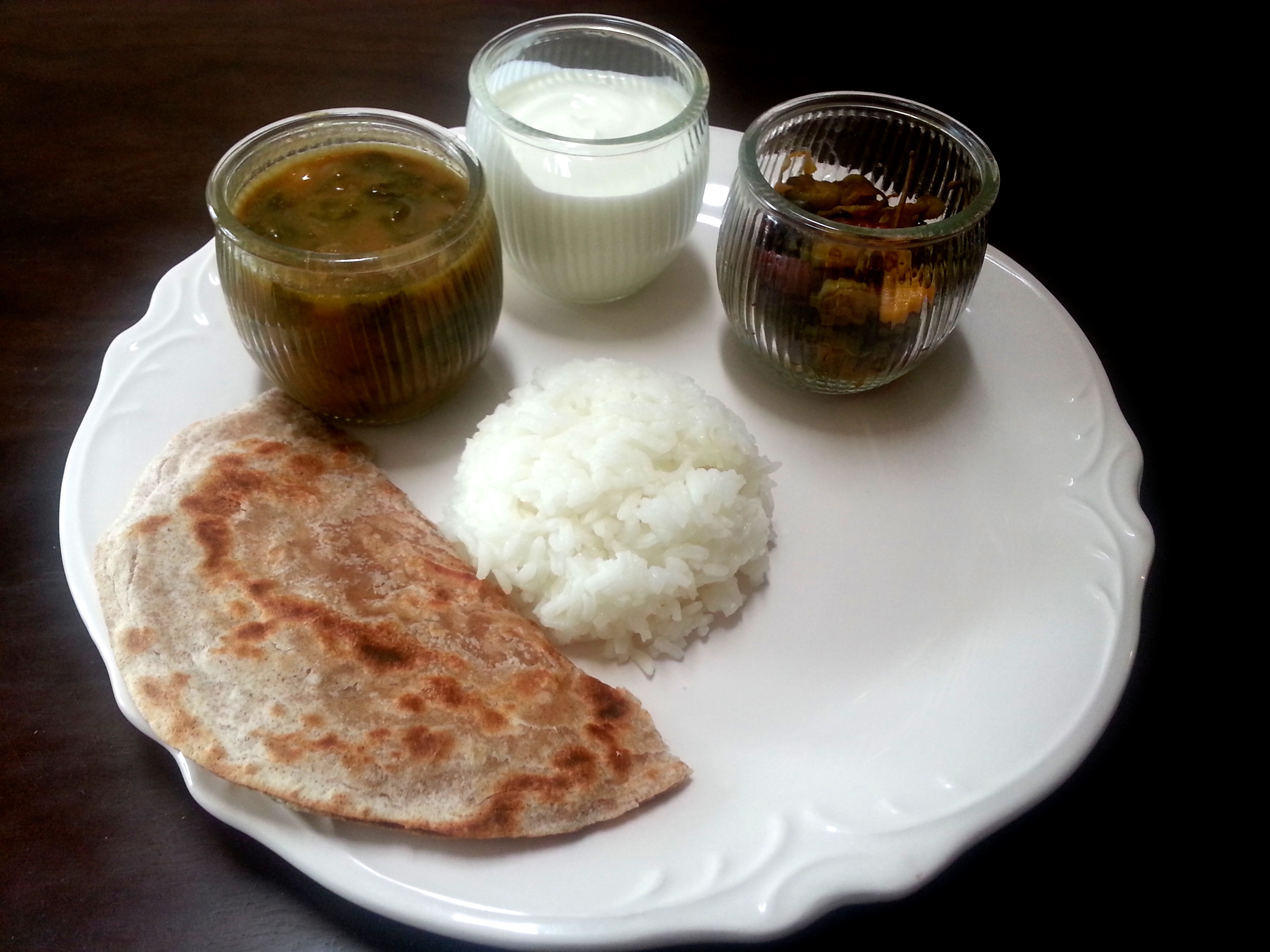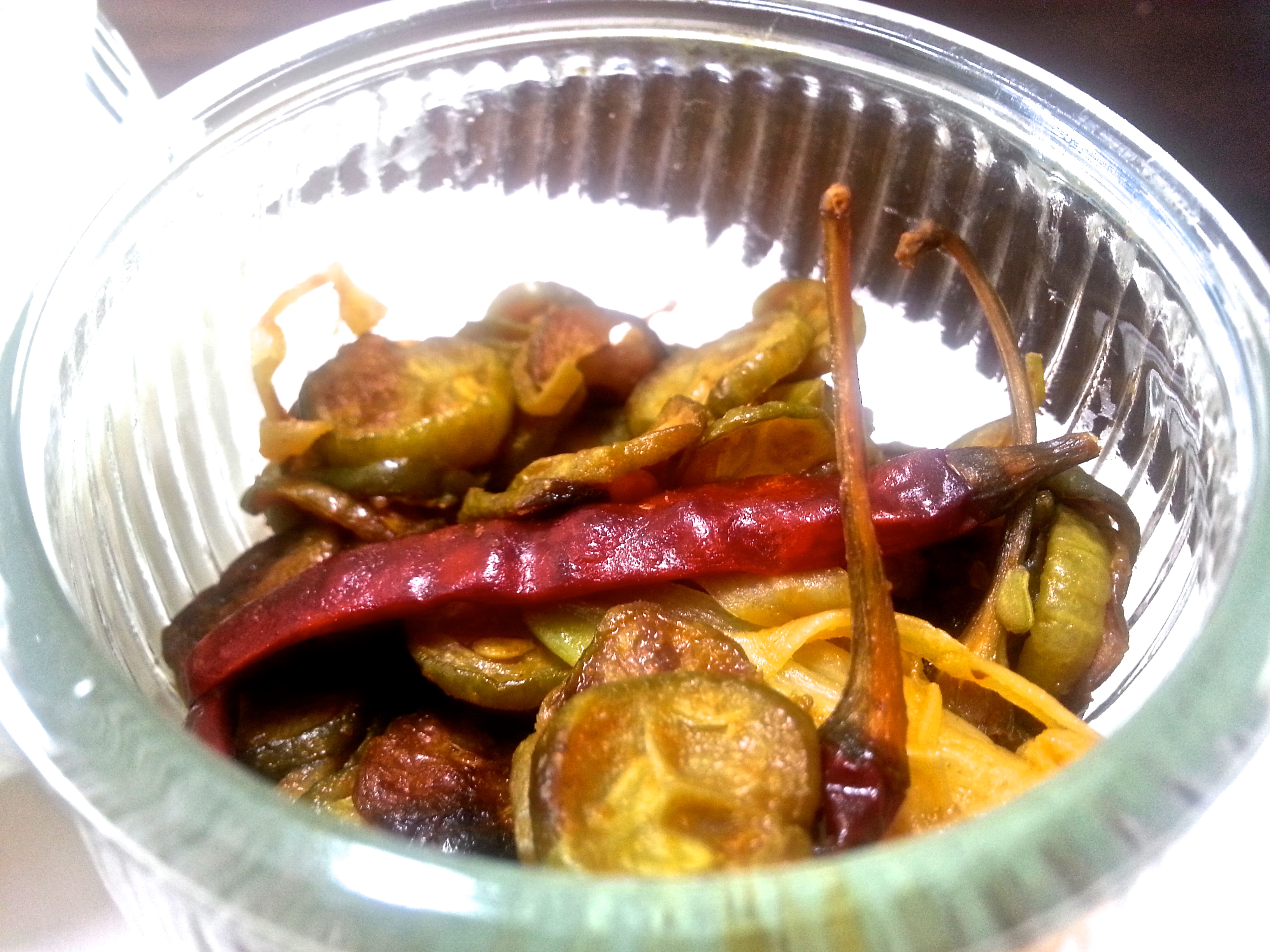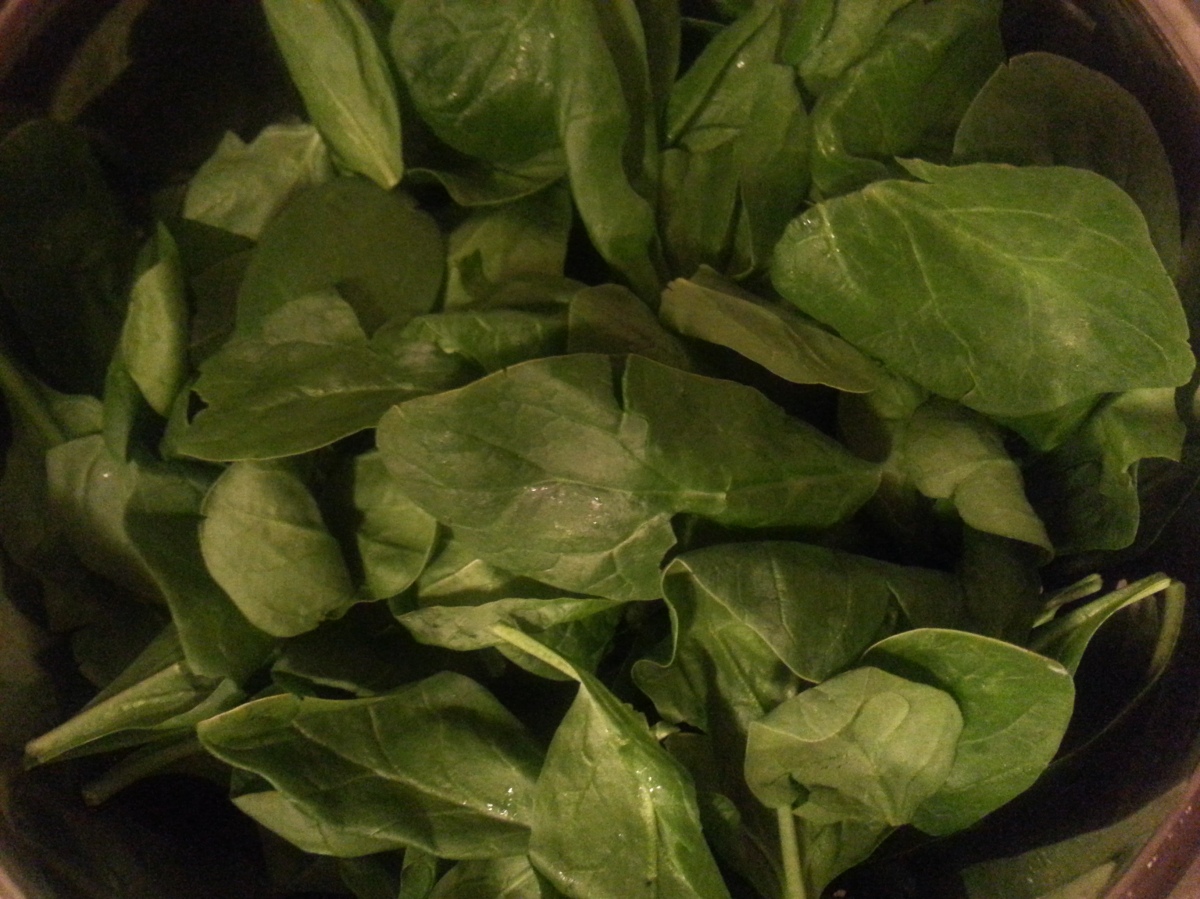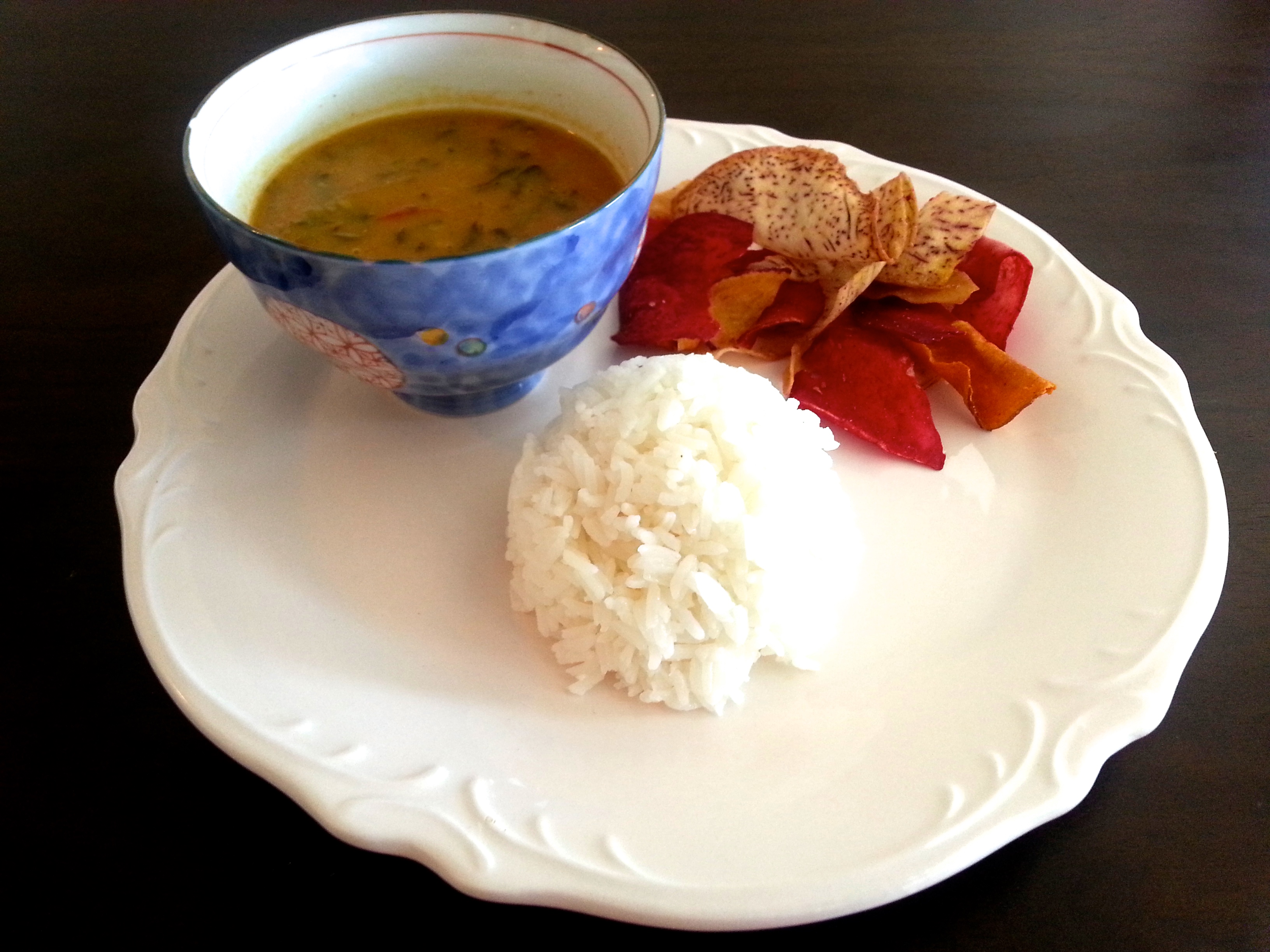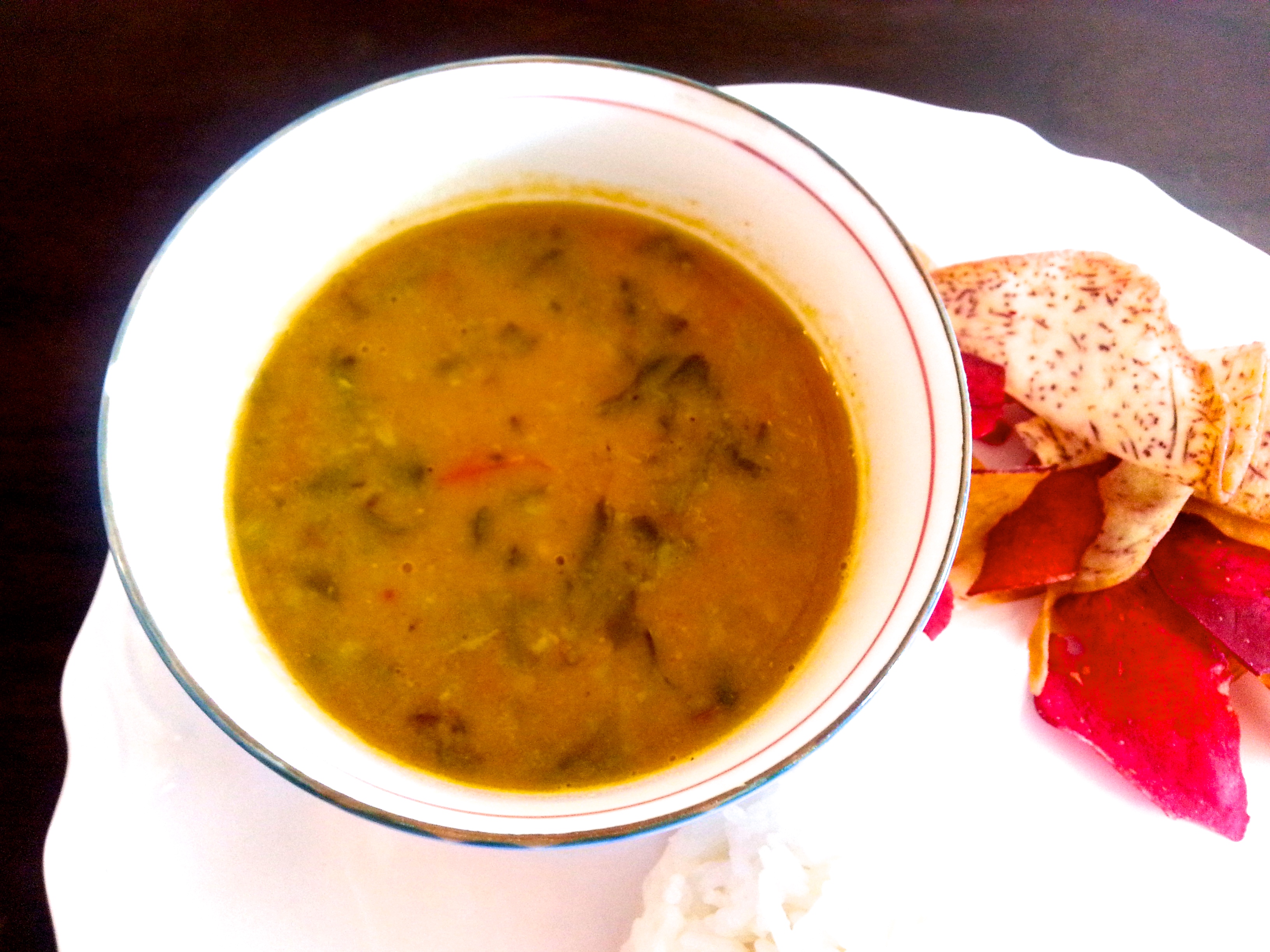In my view, most fruit are pretty gross. This surprises people. The nicest honest description of my eating habits I have heard is from a friend of mine who called me “delightfully weird”. What really shocks people though, is the fact that I hate mangoes, despite the fact that every summer of my childhood, our house was almost literally inundated with hundreds of mangoes (this was because one of my uncles has a large mango orchard and also, because our house had one very prolific mango tree that I was very attached to)! Nearly, everyone in my family absolutely adores mangoes, and yet, I find these fruit almost inedible.
But now, I have found a way to enjoy them: by cooking them up in a dal! I used to eat mango pappu (the telugu word for dal) as a child and I’ve recently rediscovered how harmonious the combination of these two ingredients can be. It all happened almost by accident. My niece (who is vegan) was staying with us and I was running out of ideas in terms of what to cook for her. I’d already made three different types of dal that week! Then, I spied a mango in our fruit bowl. “Ah ha!”, I thought, “this could end up being a fun challenge in the kitchen: trying to make mangoes enjoyable!”
It turned out to be absolutely delicious and it is now my favourite dish! SO much so, that I’ve bought a tonne of mangoes, chopped them up, and flash frozen them, so that I can make myself some mango dal through the fall and winter, whenever I have a hankering for it 🙂
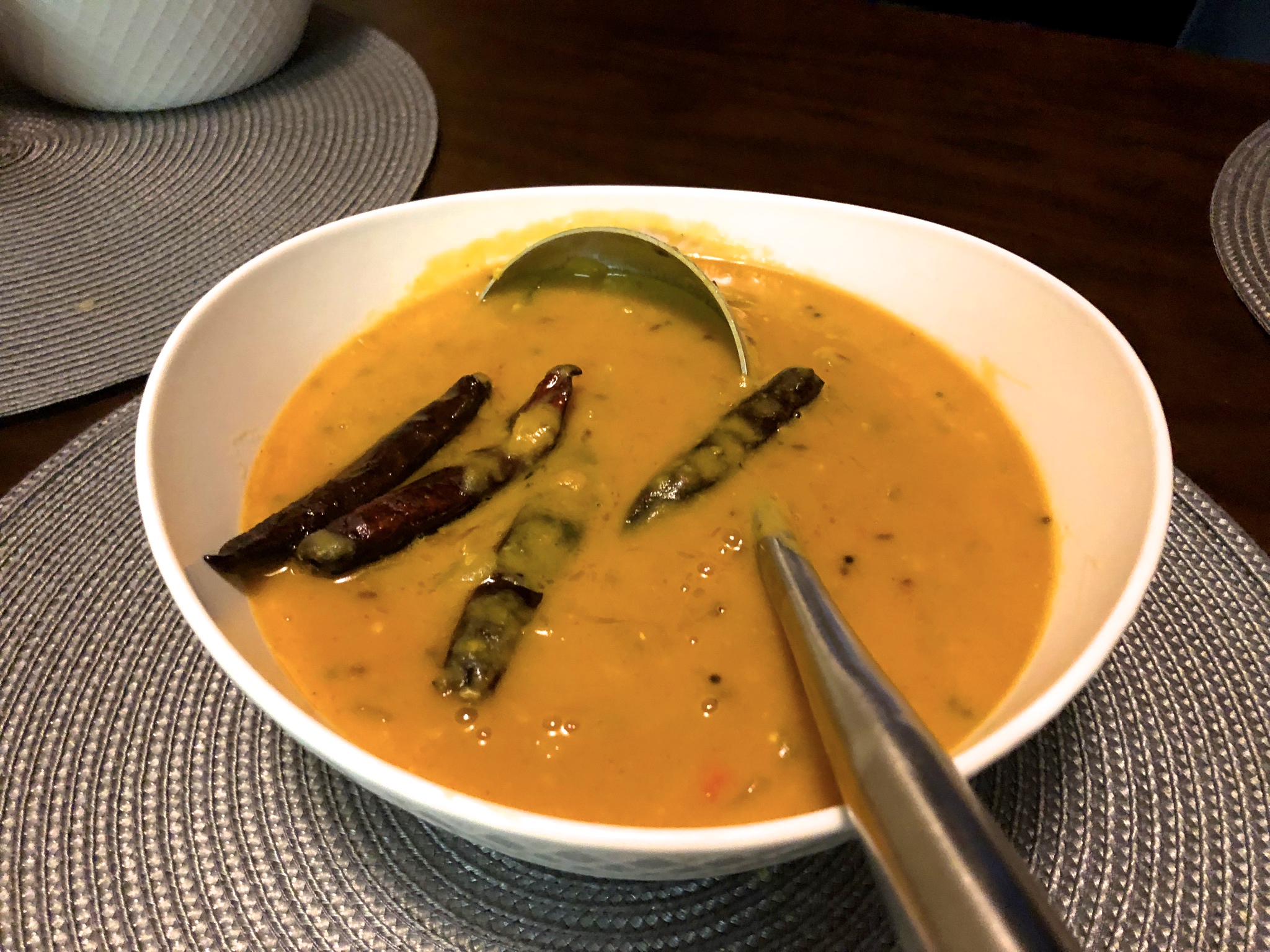
If you think you’d like to try and sacrifice one or two of summer’s last few mangoes to an experiment, give it a go! I promise you it will turn out well, if you follow my instructions!
Ingredients:
(A quick note: You can adjust the level of spice easily. In the list of ingredients in the recipe below, I have provided a range of amounts for various spices; you can decide for yourself how much you’d like to use :))
1 cup lentils (I find that a mix of lentils is great for this recipe. I use Pesara Pappu (Moong Dal in Hindi); Toor Dal, and/or Masoor Dal)
1/2 teaspoon turmeric
3-4 cloves of garlic, skinned
1-2 medium mangoes (The number of mangoes you should use will depend on your preference as well as the flavour and size of the mangoes you’re cooking with: if you like a more intense mango-flavour, use two mangoes, otherwise, use less. Similarly, if the mangoes you have are small and/or not particularly tangy, you should use 2 mangoes. Also note that adding more mangoes changes the texture of the dal: it will become more pulpy with the addition of each mango)
2-3 tablespoons of oil (I use either avocado oil or sunflower oil)
1 medium-sized onions (red or yellow) chopped (I prefer red onions, they seem to have a nice balance of pungency and sweetness)
1 teaspoon grated ginger
3-6 fresh chilies, chopped or cut length-wise (You can reduce this amount if you don’t want the dal to be too hot/spicy)
1 – 3 teaspoons red chilli powder
Salt to taste
Ingredients for the popu/tadka/baghar:
1 teaspoon cumin seeds
1 teaspoon mustard seeds
3-12 dried red chilies, torn in half (depending on how hot you’d like the dal to be)
2-4 peeled garlic cloves, halved
A handful of curry leaves
2 pinches of asafoetida (optional)
2-3 tablespoons of oil or ghee (You can get ghee at an Indian store. However, I would recommend making your own, if you have the time. Here is my recipe, if you’re interested. If you don’t have ghee, or want to make your dal vegan, you can use sunflower oil, vegetable oil, or really any oil with a high smoking point. DO NOT USE BUTTER, it will smoke and burn before the spices are properly fried).
Method:
1. The first thing to do is to prepare the dal (lentils). Even if you don’t live in India, you should be able to get most lentils at an Indian store. I normally soak lentils for about 30 minutes, drain the water out, and add fresh water in, before I cook the lentils (this helps them cook faster and apparently helps to reduce bloating and gas: I am still looking for studies to back this up, which I will cite here when I find them). If you don’t have the time to do this, you can skip this step.
2. Next, cube and skin the mango:
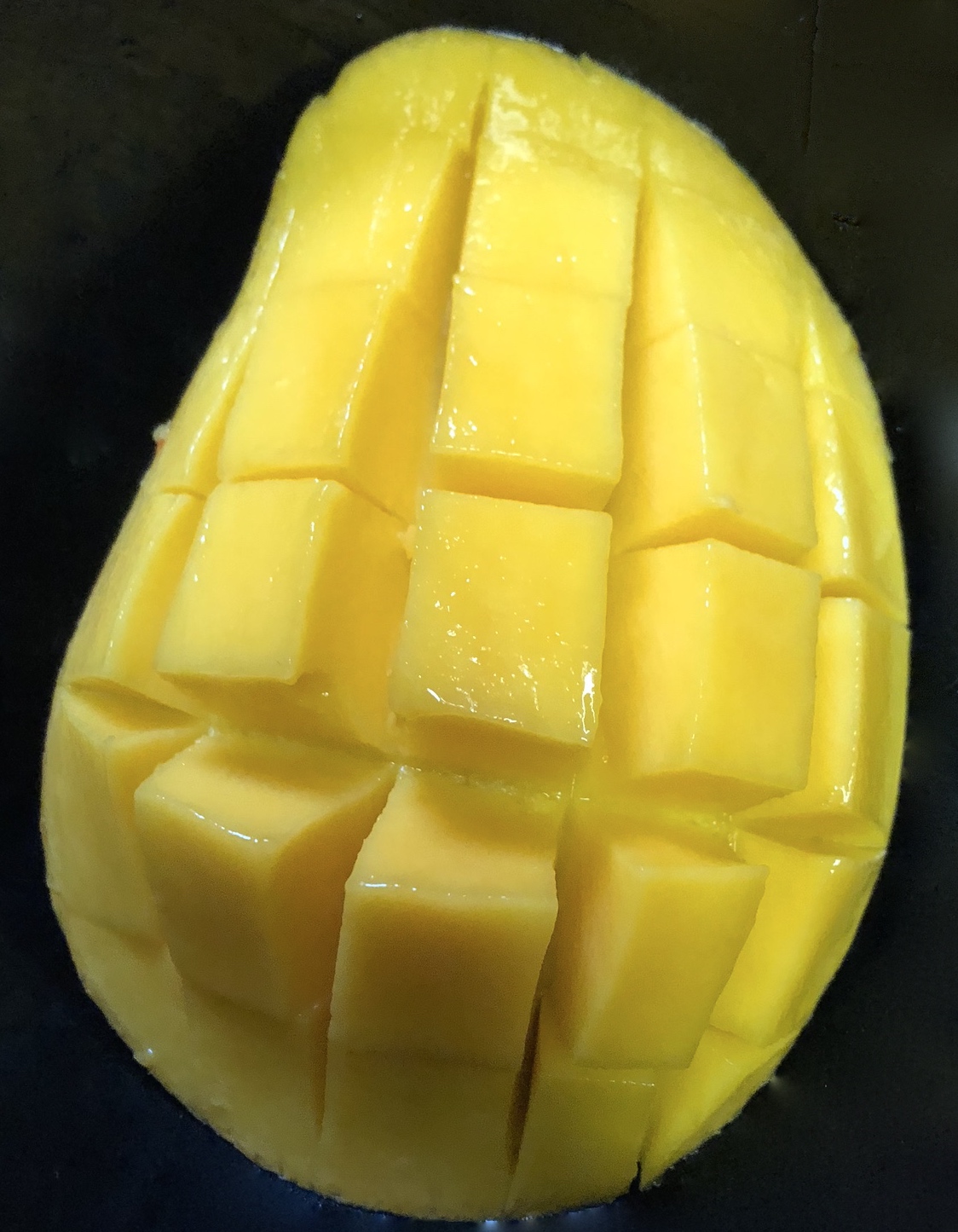
3. I tend to cook my dal in an instant pot. If you don’t have one, you can use a normal pressure cooker or boil the dal in water until it is cooked. Add a quarter teaspoon of turmeric, half a teaspoon of salt, 3-4 cloves of skinned garlic, and the mango cubes to the dal before you cook it.
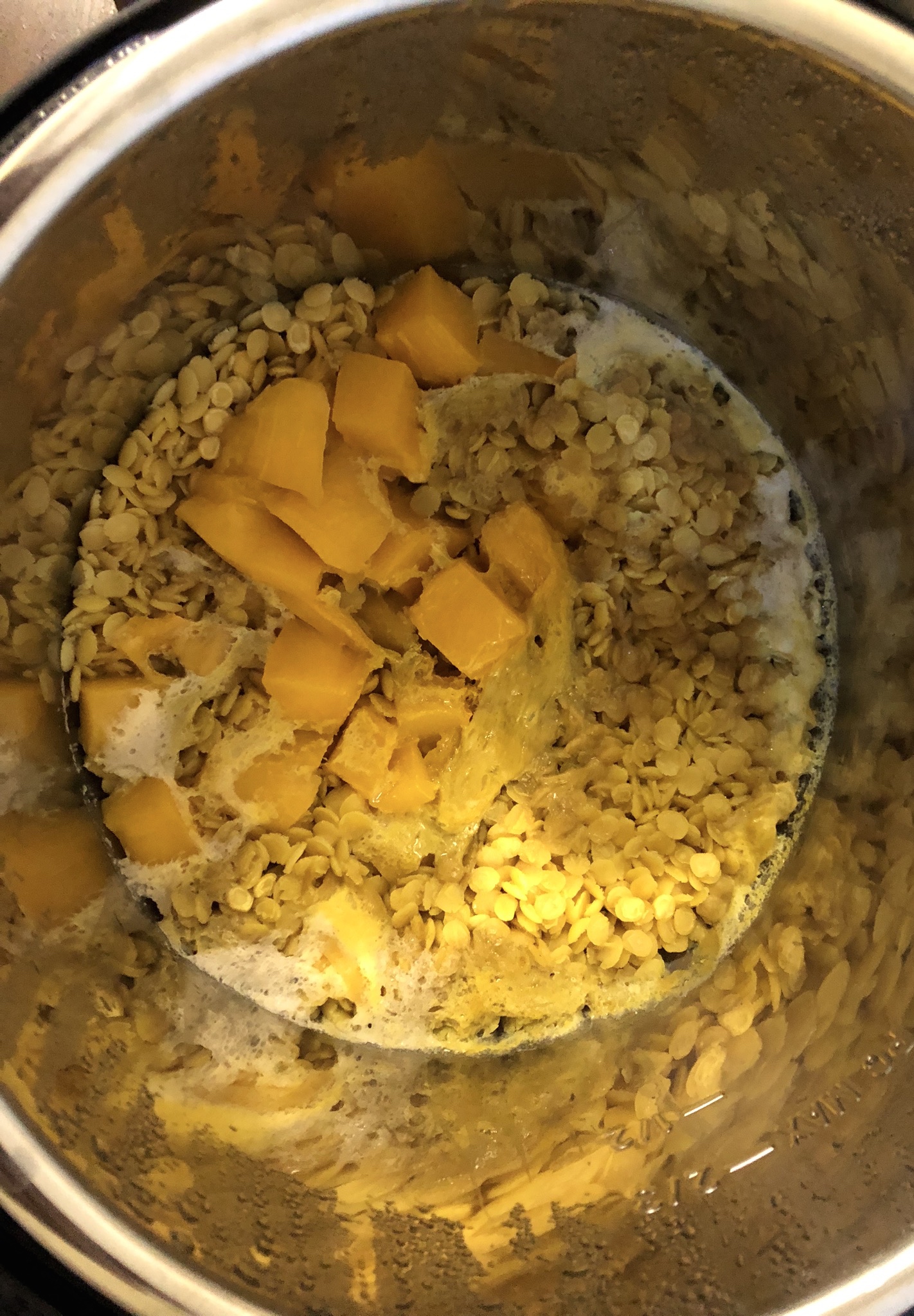
4. I like to purée the cooked dal-mango mixture in a food processor/blender/mixie in order to make it into a smooth paste. This makes the texture of the dal smoother and distributes flavour more evenly. This step is completely optional. You can skip it without much consequence to the taste of your dal if you do not have either the necessary equipment or the time.
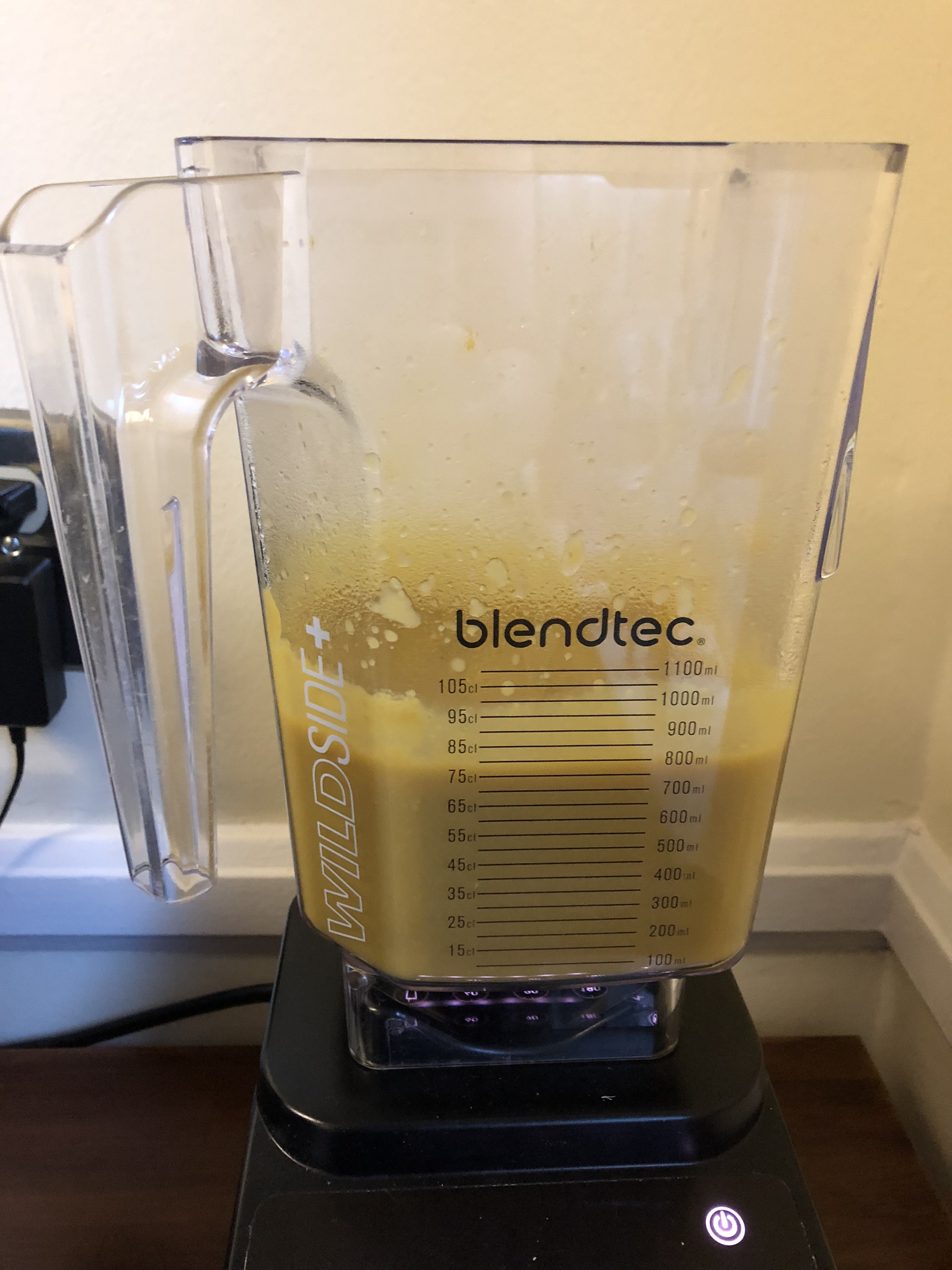
5. Next, heat 2-3 tablespoons of oil in a saucepan. When it’s hot add the chopped onions and sauté them until softened and lightly browned.
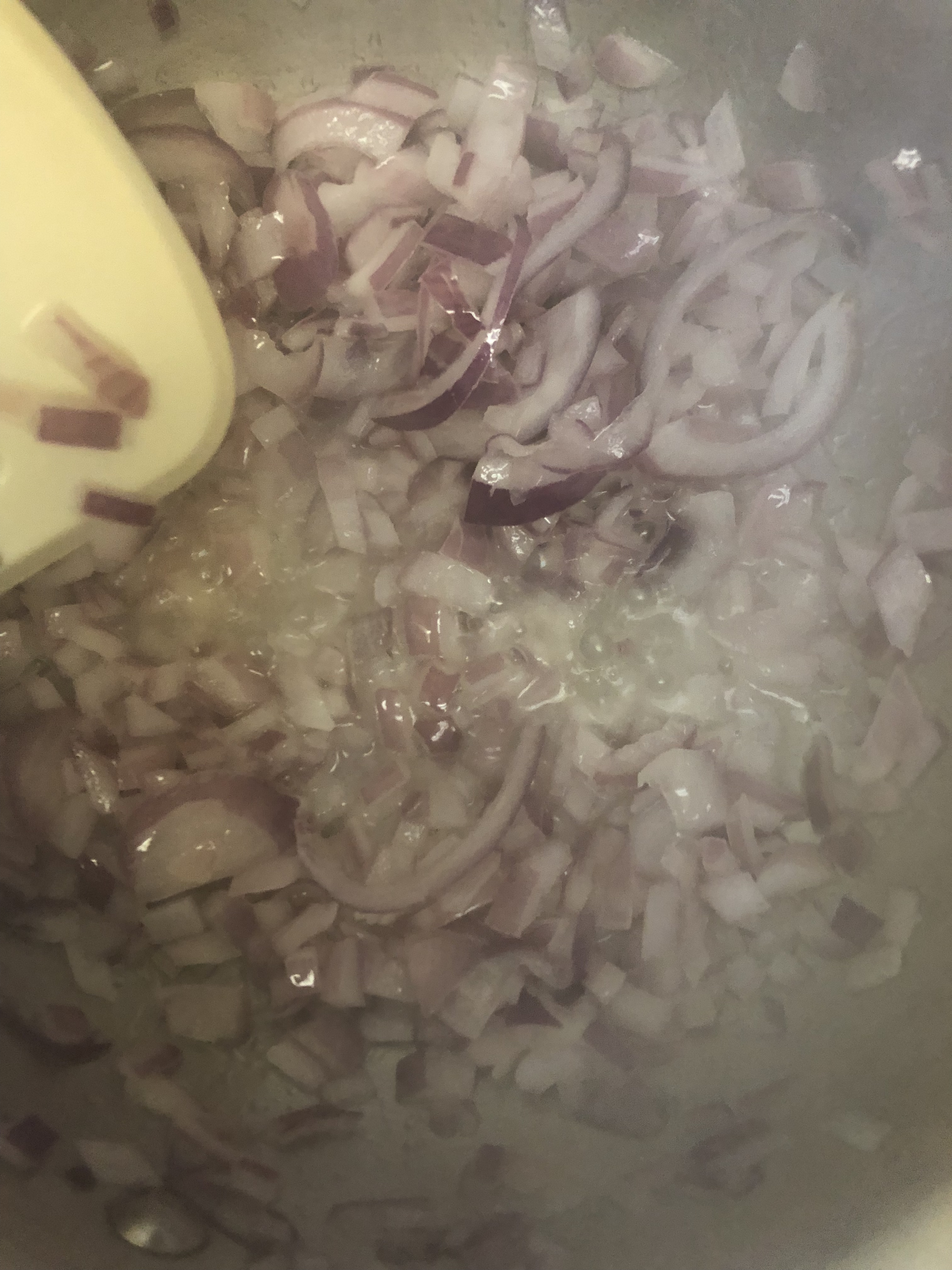
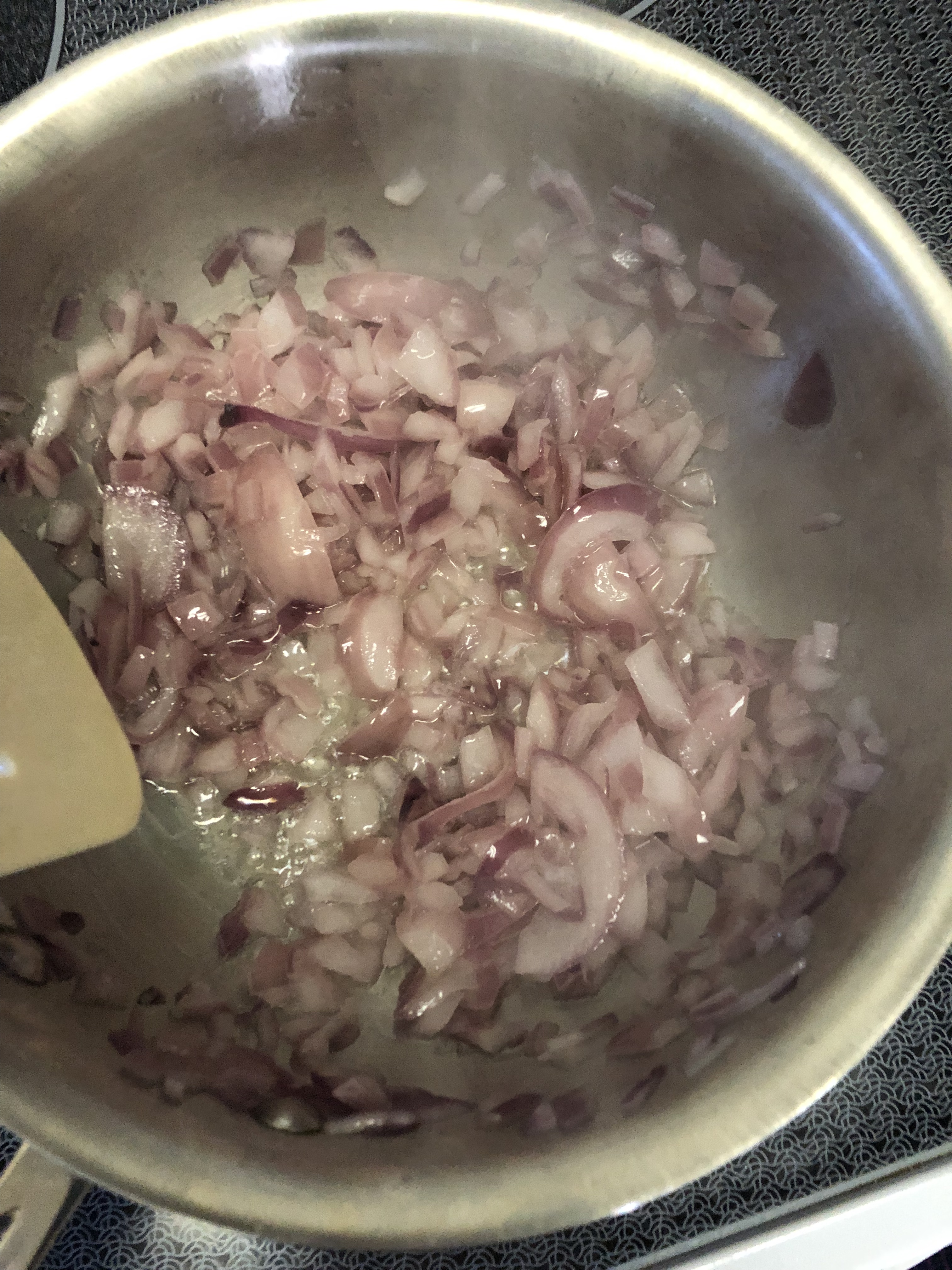
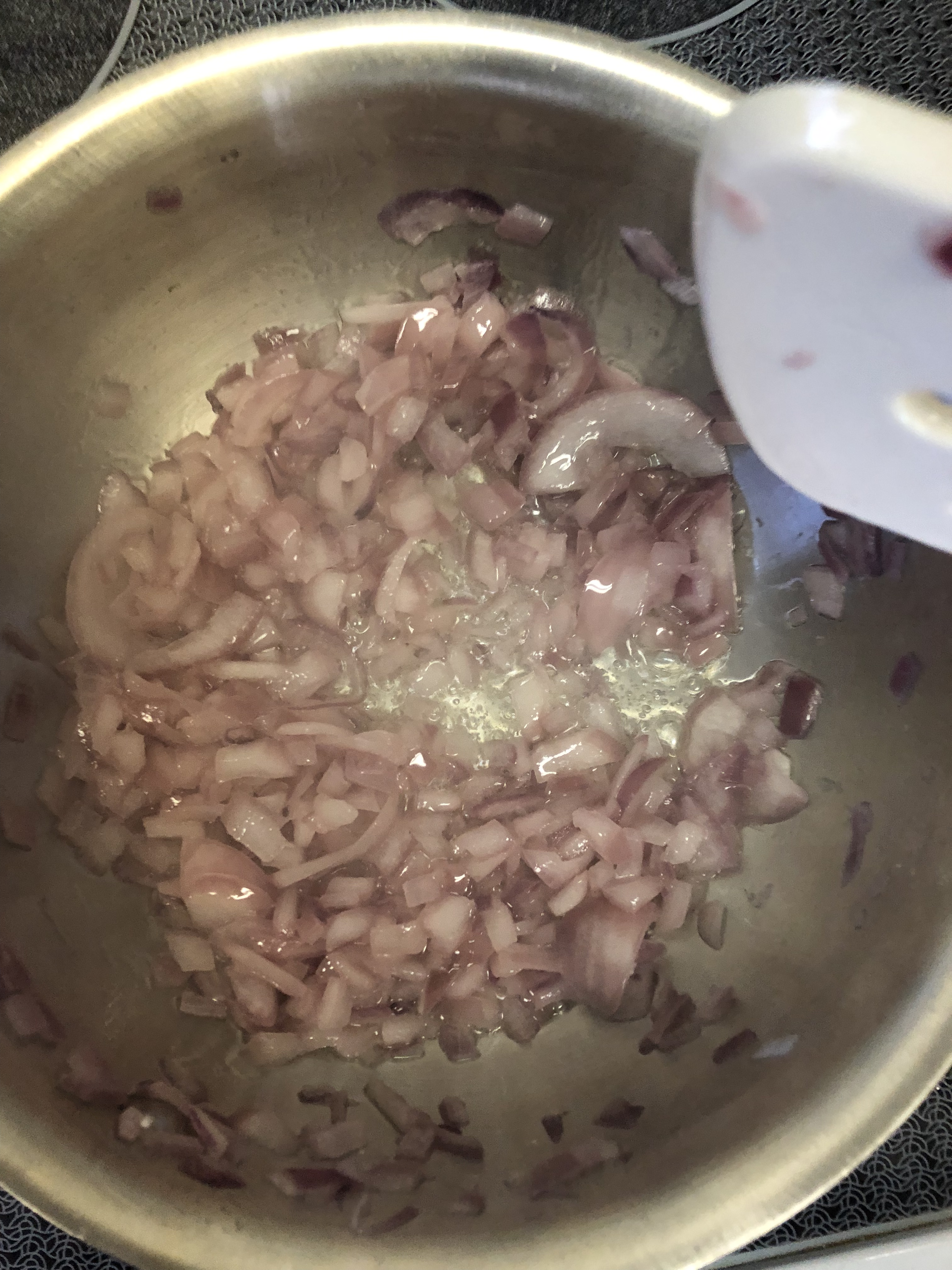
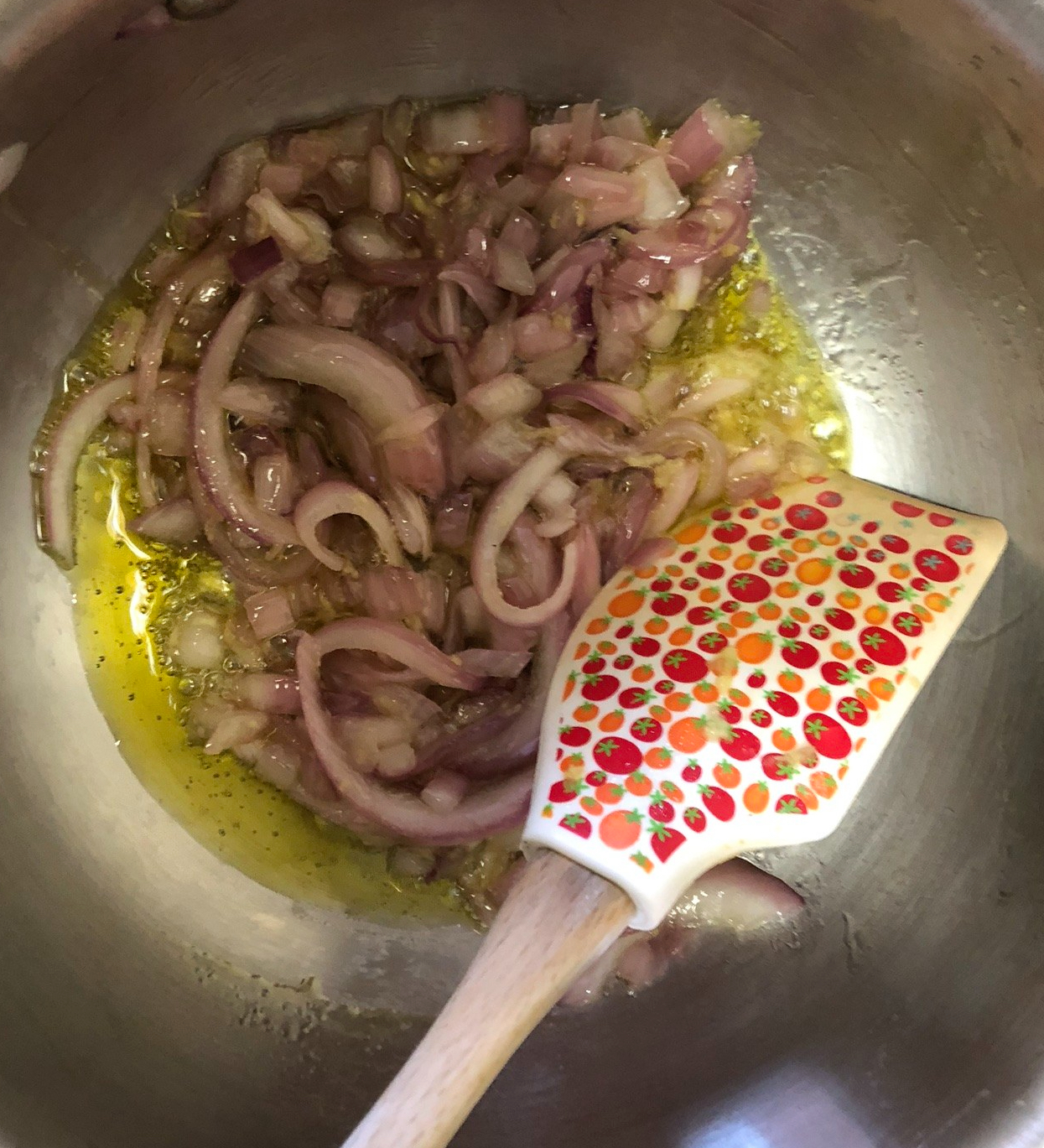
6. Now add the ginger and fresh chillies to the onions and sauté everything again until the ginger is cooked (it should no longer smell raw). Then, add the red chilli powder, the remaining turmeric, and half a teaspoon of salt to the sautéed onions-ginger-chilli-mixture (hereinafter referred to as “stuff” :P) and continue to sauté all of this for about 5 minutes on low-medium heat.
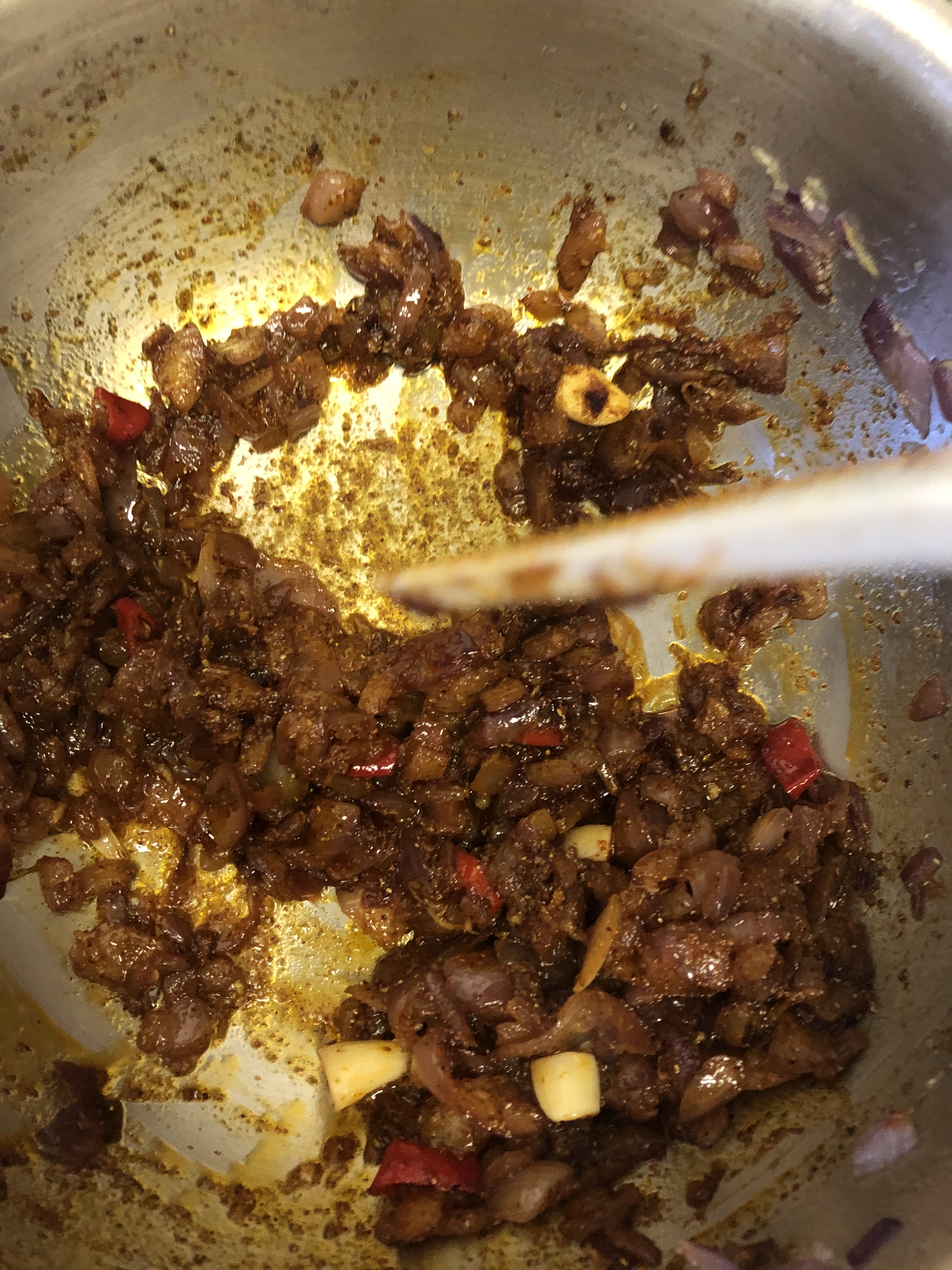
7. Add the dal-mango puree to the pan along with a cup or two of water, and bring it all to a boil. Let everything cook for about 8 minutes on high heat, stirring the pot intermittently to prevent the contents at the bottom from burning. You will see a foamy layer rise to the top of the dal.
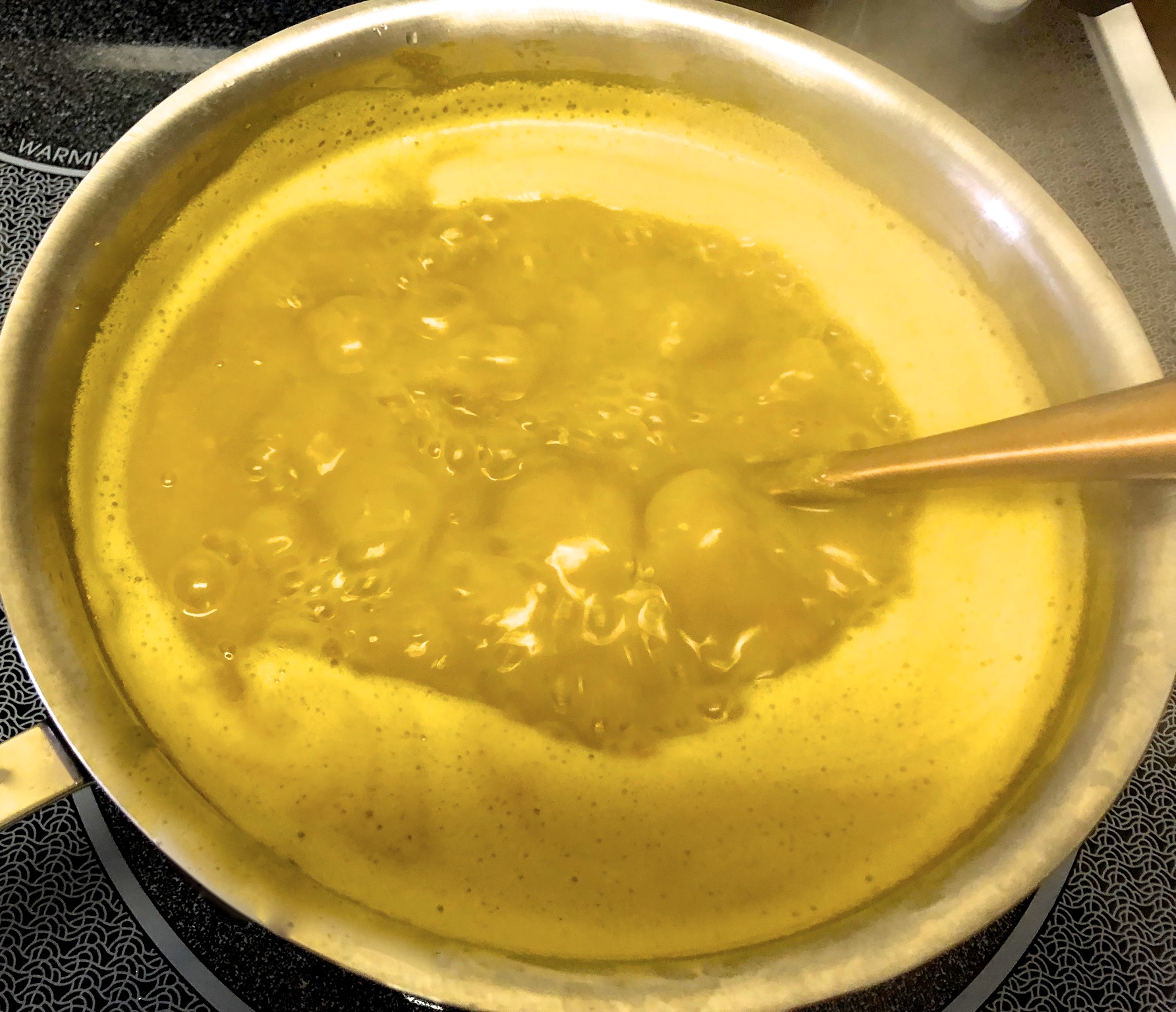
8. I like to scoop this out into a bowl and throw it out.
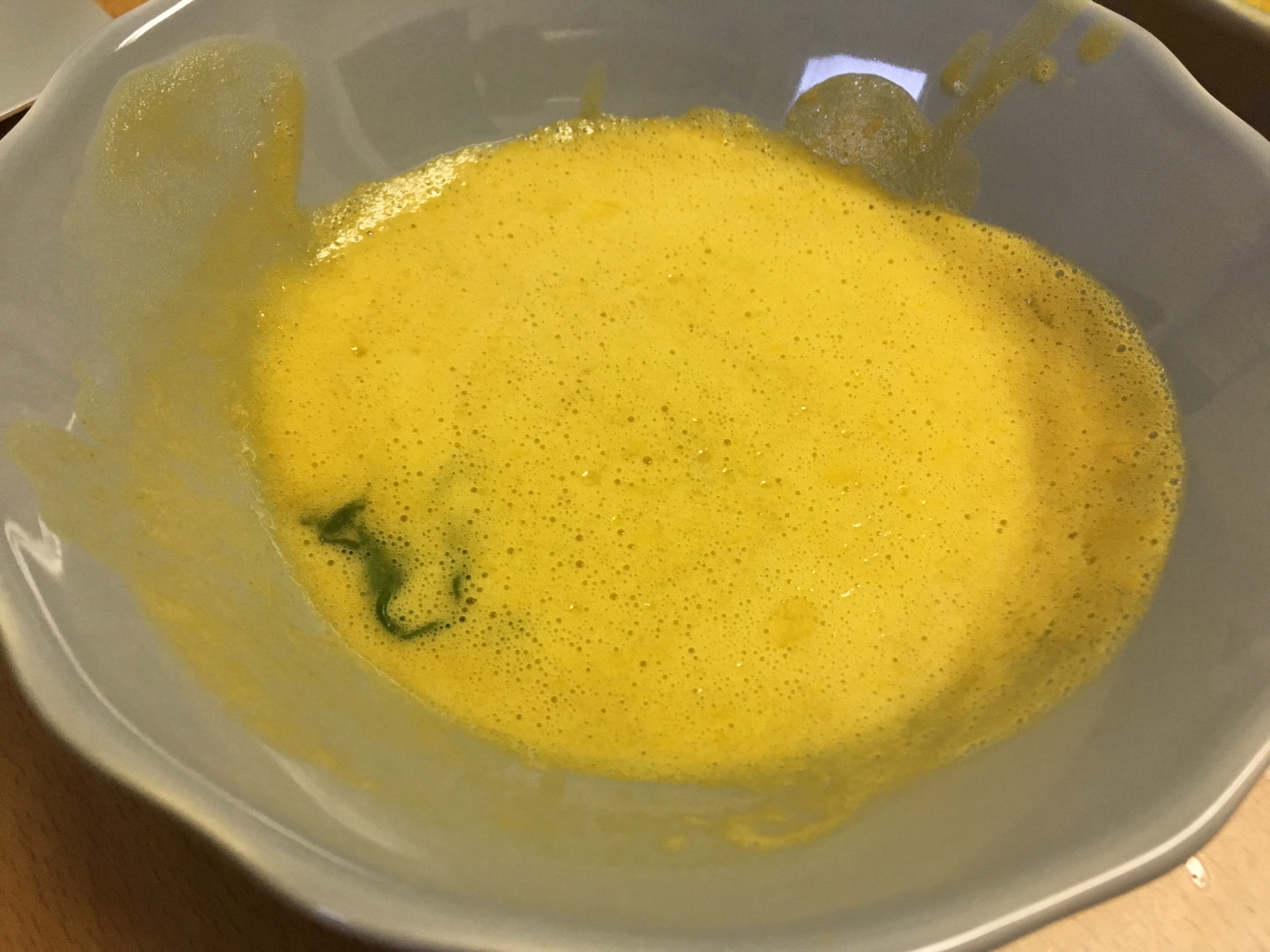
I have heard from some people who regularly cook with lentils in India that this helps reduce bloating and gas.
A note on FODMAPS for the lay person: FODMAPS can cause gastric discomfort in some of us. One may be sensitive to some or all FODMAPS to varying degrees. Symptoms can range from gas, bloating, abdominal pain and cramping, to, in my case, at least, acid reflux. For more general reading on this topic, this article is a great starting point.
The main FODMAPs that dal contains are oligosaccharides. Take a peek at this post about FODMAPS and how cooking legumes may help to reduce the FODMAP content in the food we eat. Of course, more research is needed to confirm this theory, but also, to determine the most effective/efficient ways of extracting FODMAPS from dal through cooking. I am not sure that my method of skimming the foamy parts off the top of the dal is effective in removing/reducing dissolved oligosaccharides from it. Anecdotally, though, I have found it helps. Therefore, I do it every time I cook dal.
In addition, onions and garlic contain fructans, which are also a type of oligosaccharide (see this article for more on this). If you are particularly sensitive to onions and/or garlic, you could sauté them in oil (in step 5 of the recipe, above) and then, remove the onions and garlic pieces, leaving just the oil in the pan. Subsequently, continue with step 6. Frying the onions and/or garlic in oil results in some of their flavour infusing into the oil. Since fructans are water-soluble not fat-soluble, by removing the onions and/or garlic, you are able to reduce the amount of fructans that end up in the dal (see this article for more on this). Also, remember not to add any garlic to the lentils whilst cooking them in step 3, above. In step 9 (below), you can add garlic to the tadka, but remember to remove it before pouring the tadka into the dal.
9. The baghar/popu/tadka:
Heat a tablespoon or two of ghee in a little saucepan on high heat. Let the ghee get hot. To test if it’s hot enough, throw a single cumin seed into the pan. If it begins to sizzle, add the mustard seeds and the rest of the cumin seeds and stir them about until they start to pop. When they start to pop, add the asafoetida and red chilies, followed by the curry leaves and garlic cloves about 30 seconds later. Once the red chillies darken, add the baghar to the lentils. Immediately cover the pot.
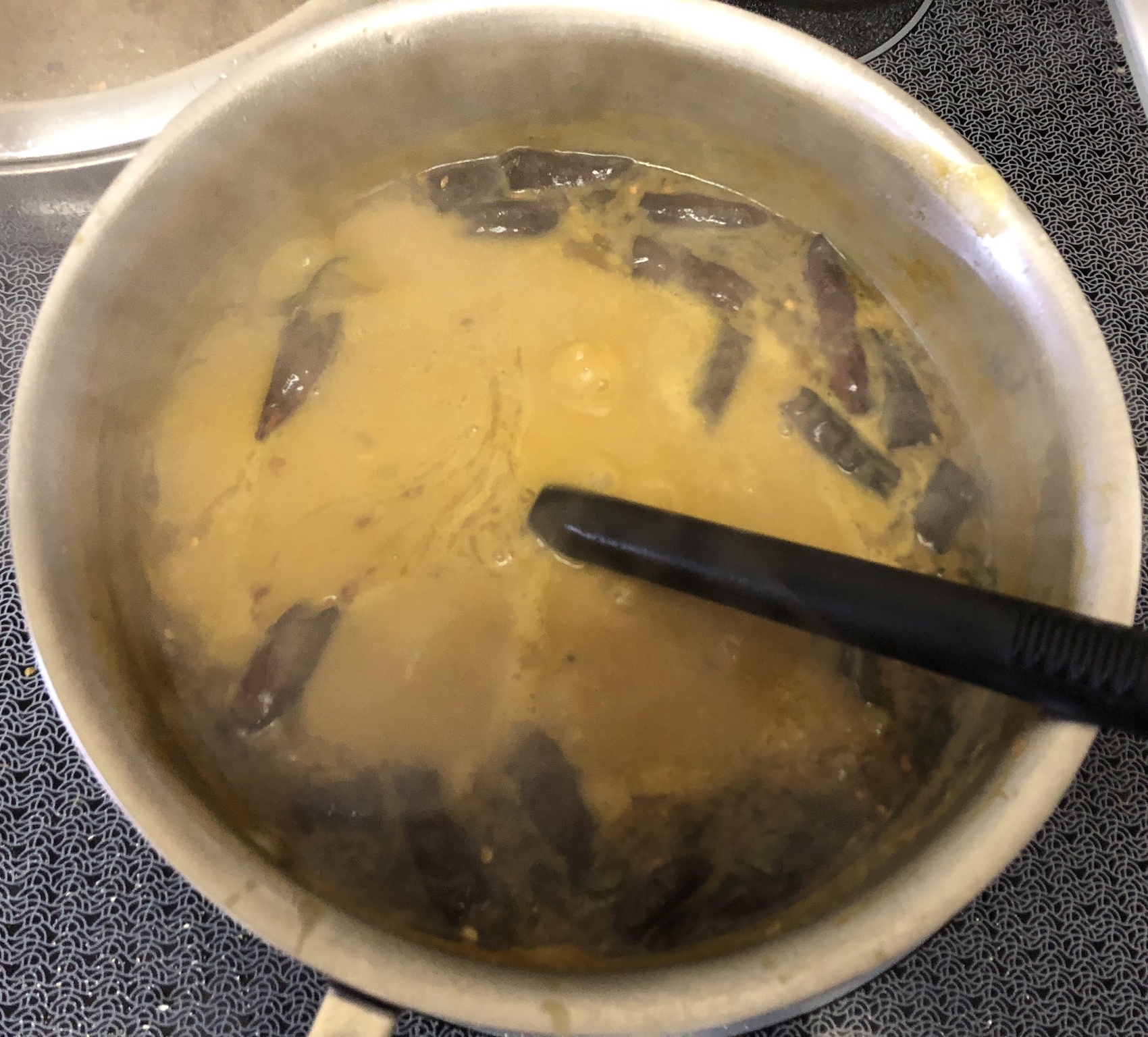
10. The dal is now ready! Taste it and add some salt to it if you like. Serve it with some hot rice and/or roti, Indian pickle, ghee, and any other accompanying curries or vegetable sauté. I like to eat it with brown rice (it’s more nutritious and has more fibre) and some dahi (Indian yogurt).
